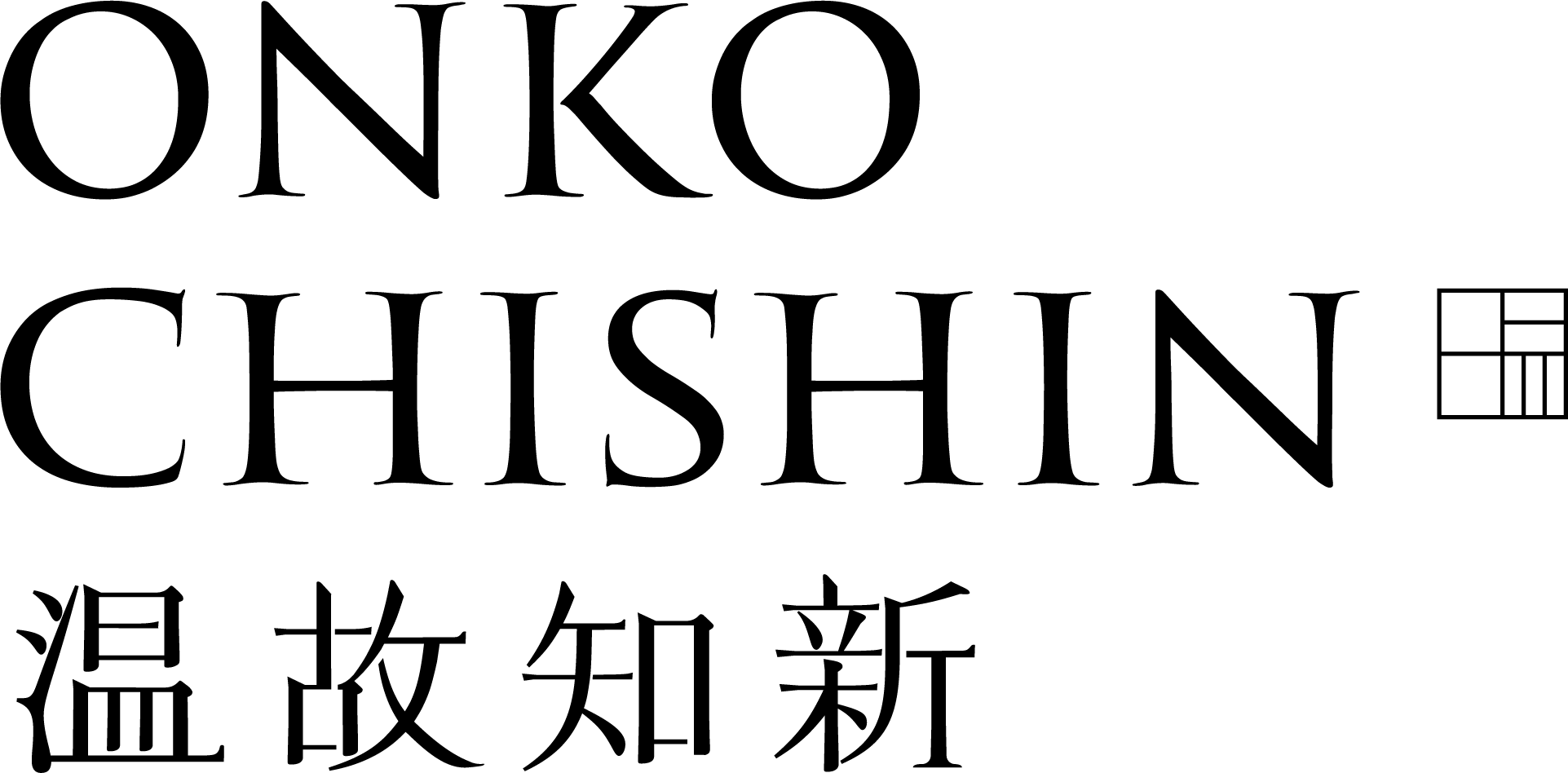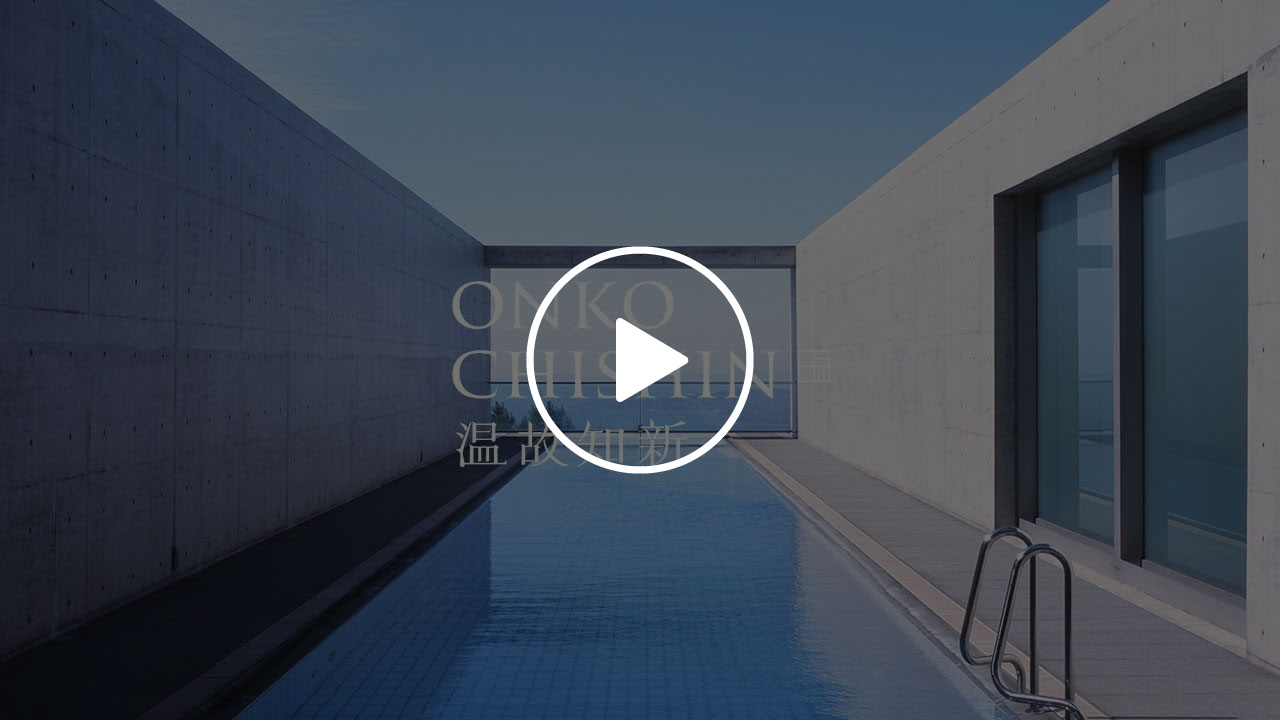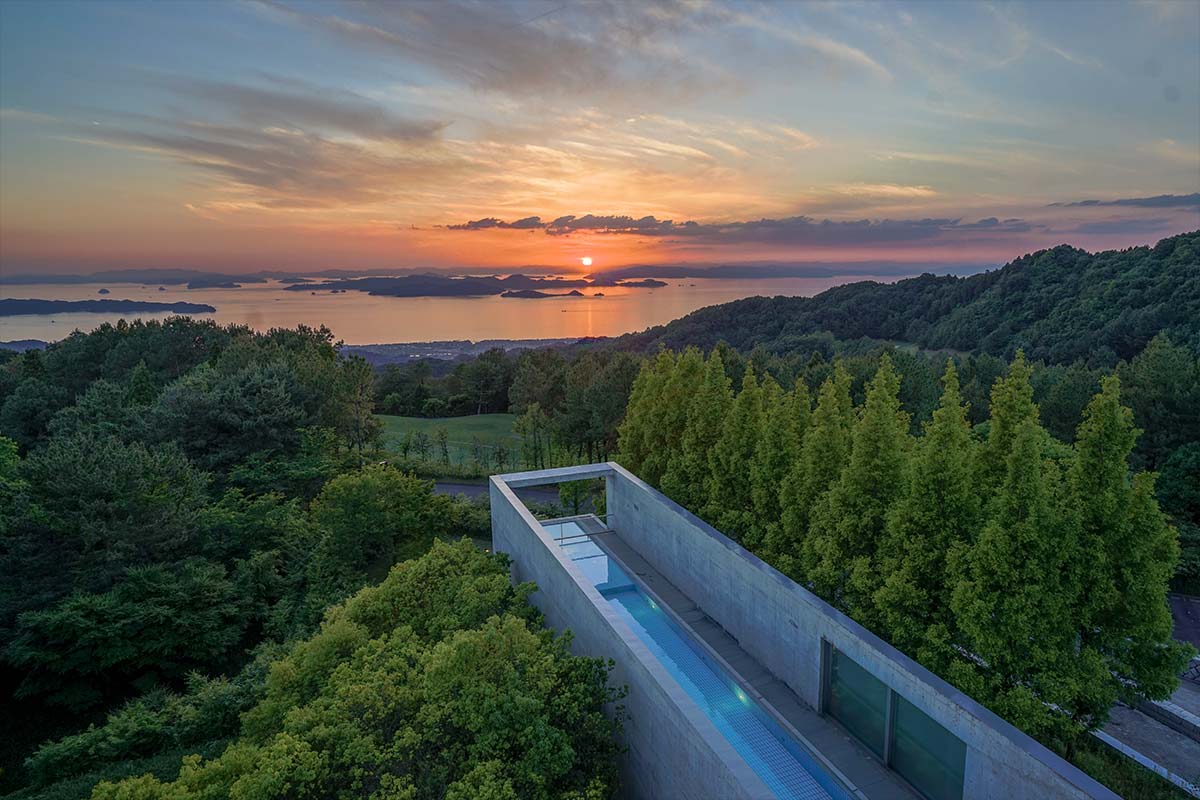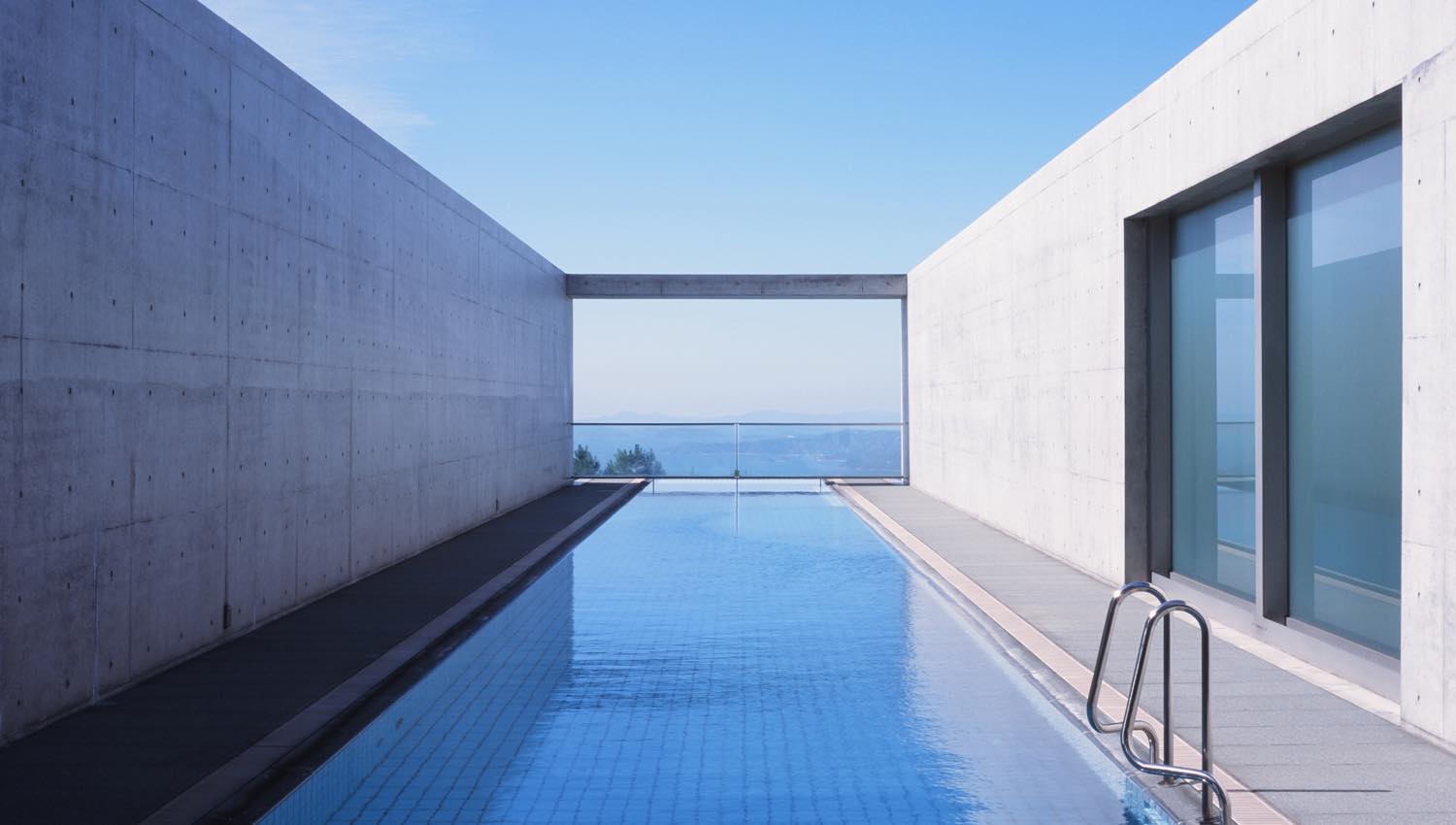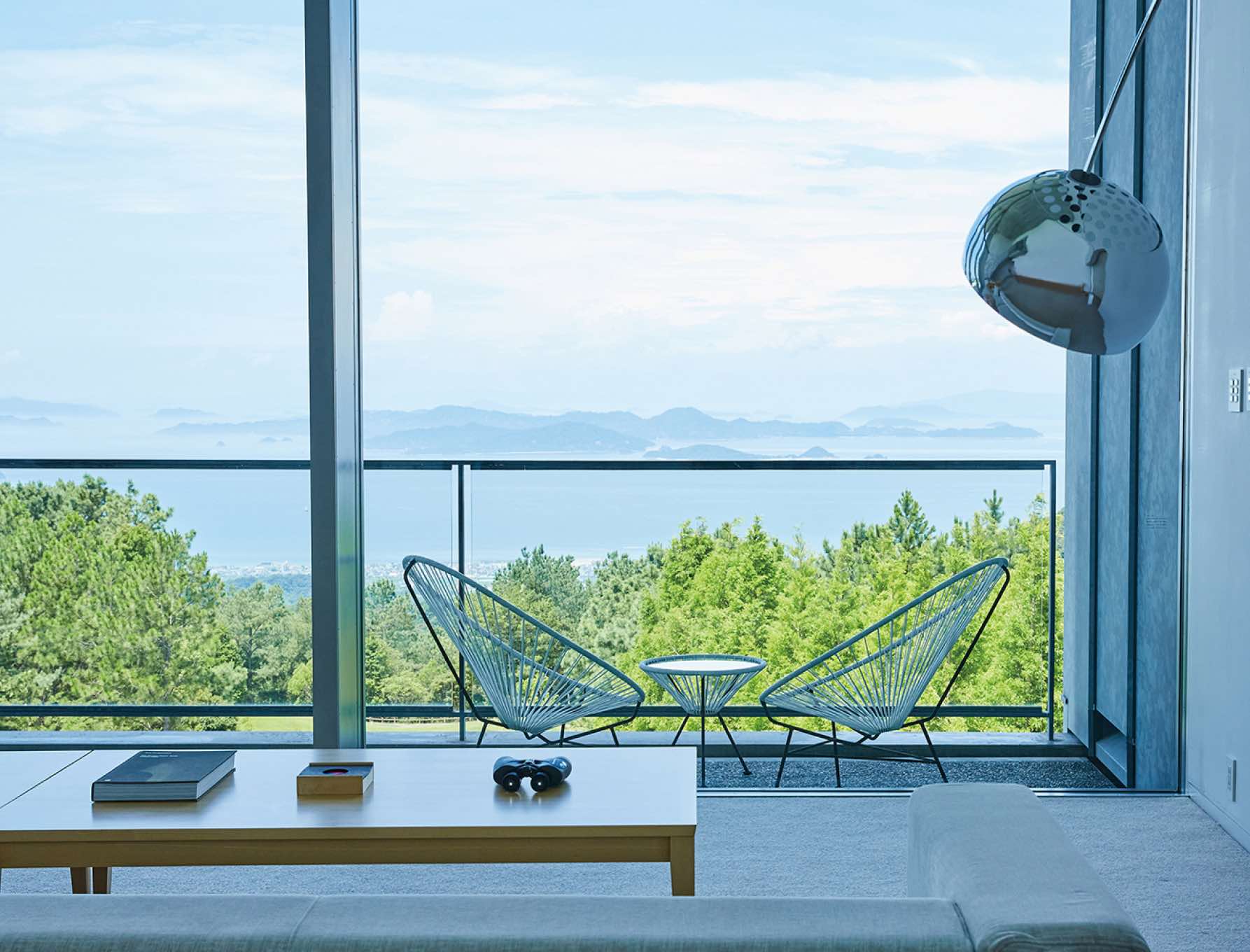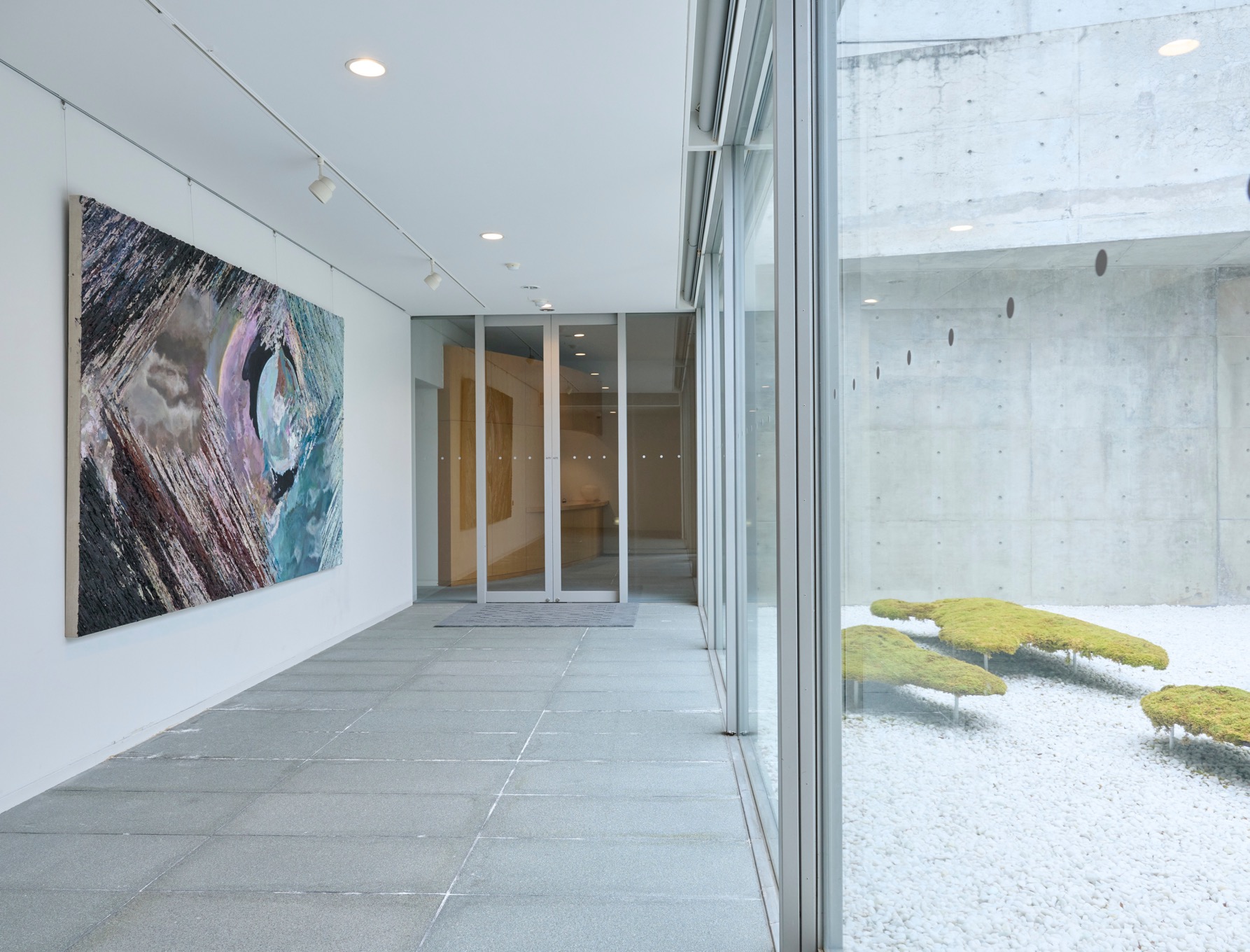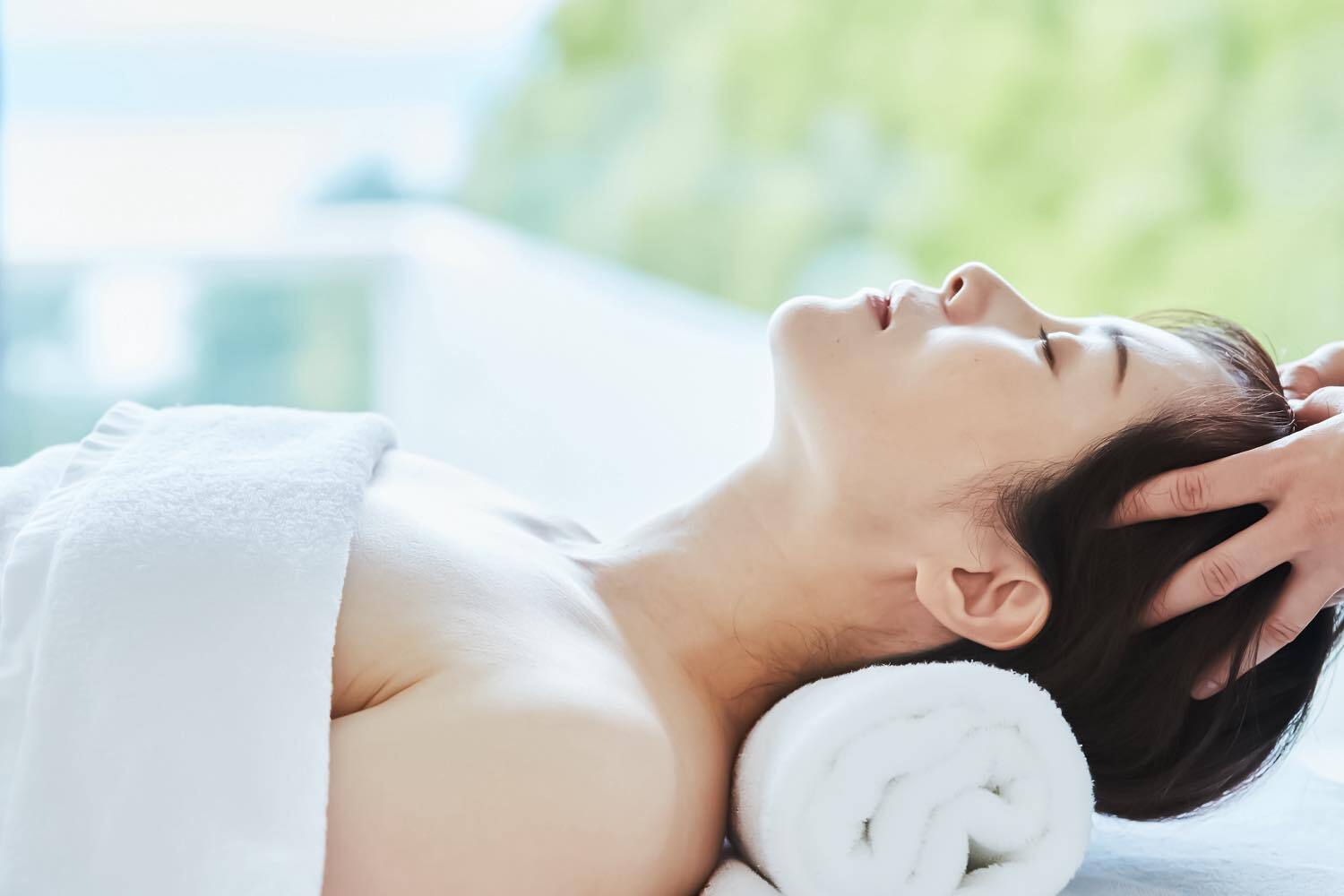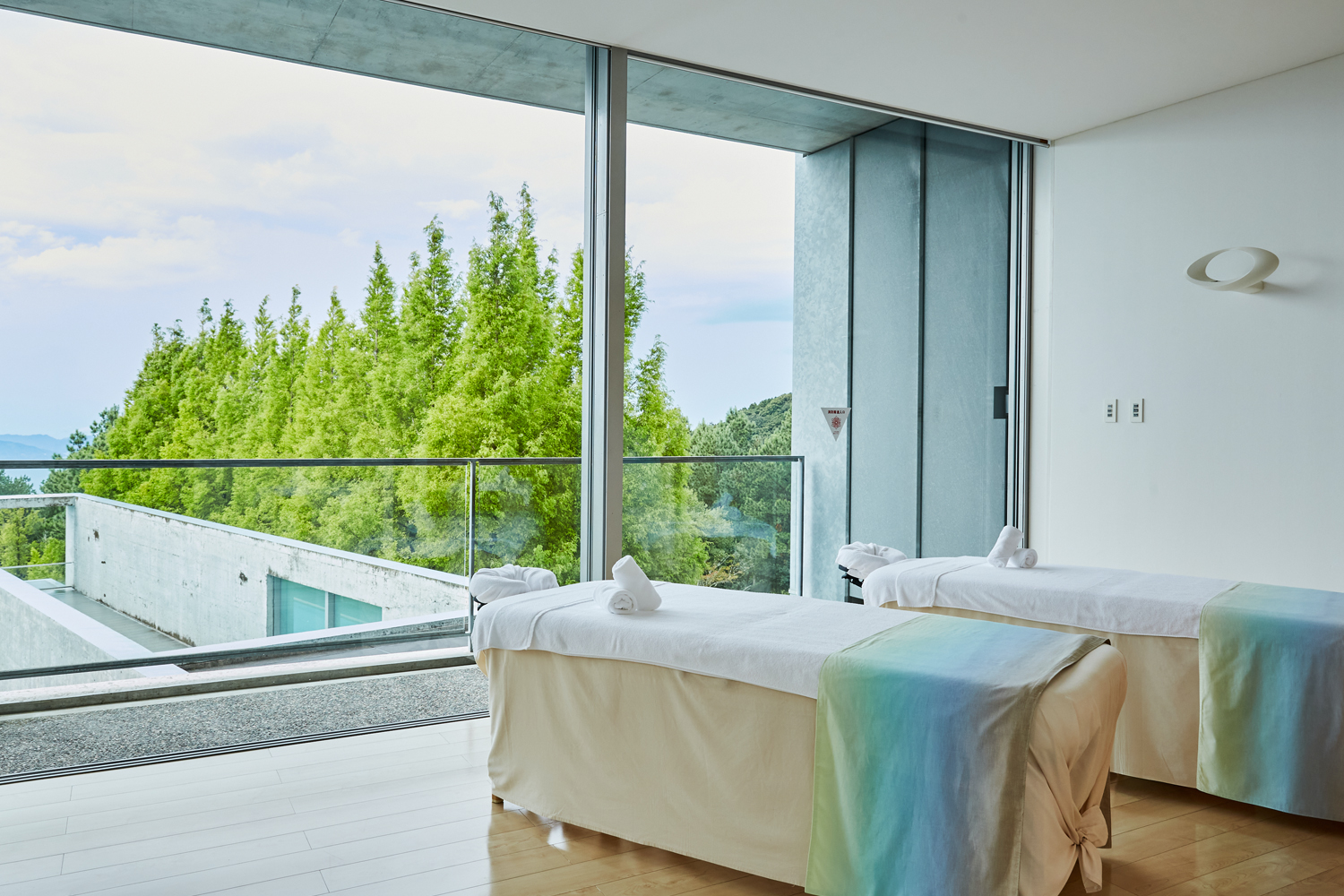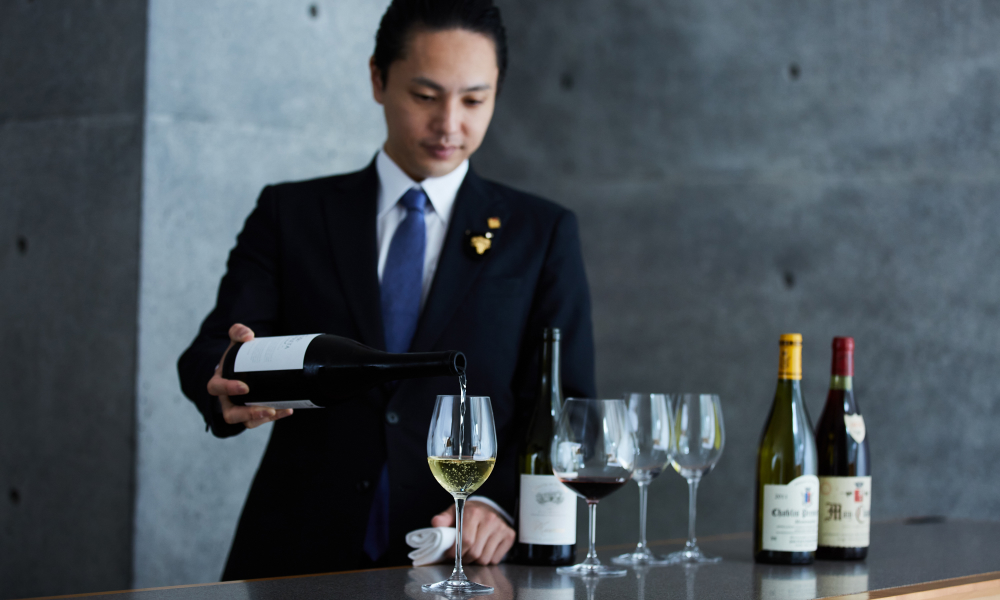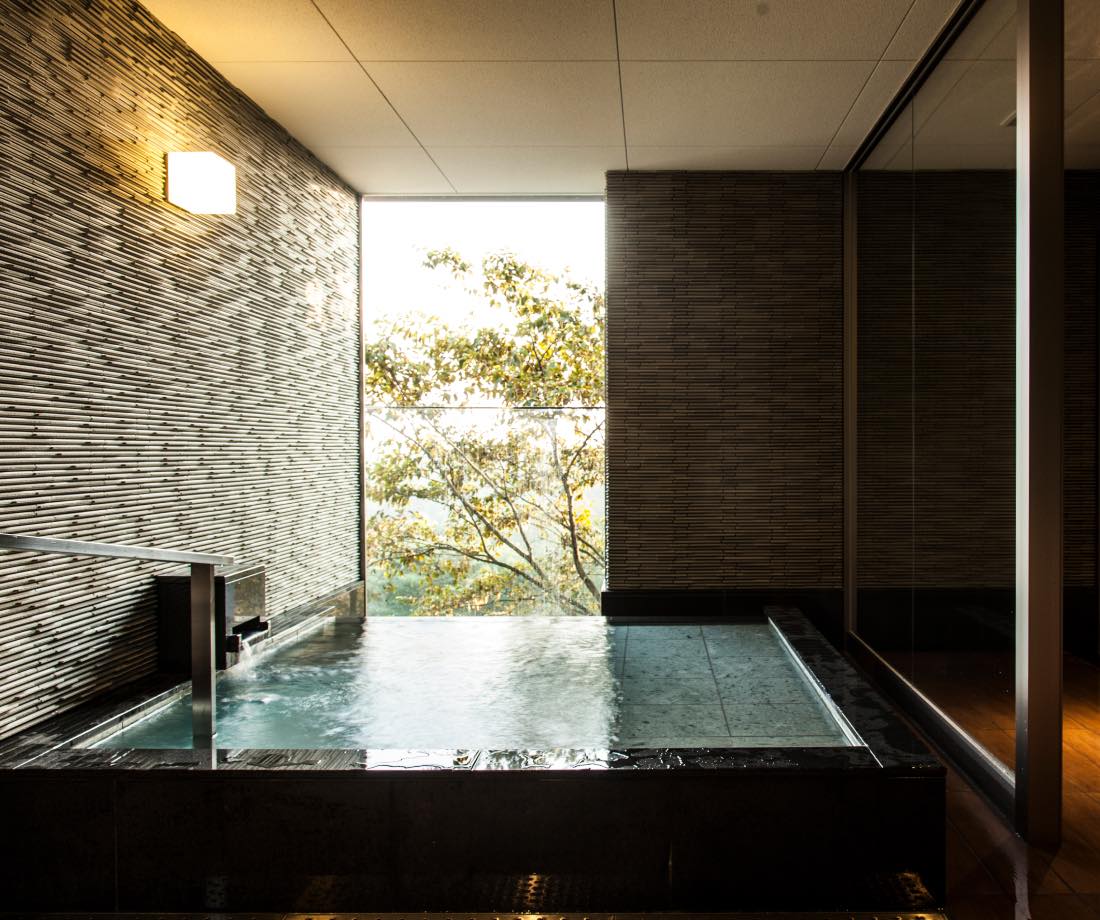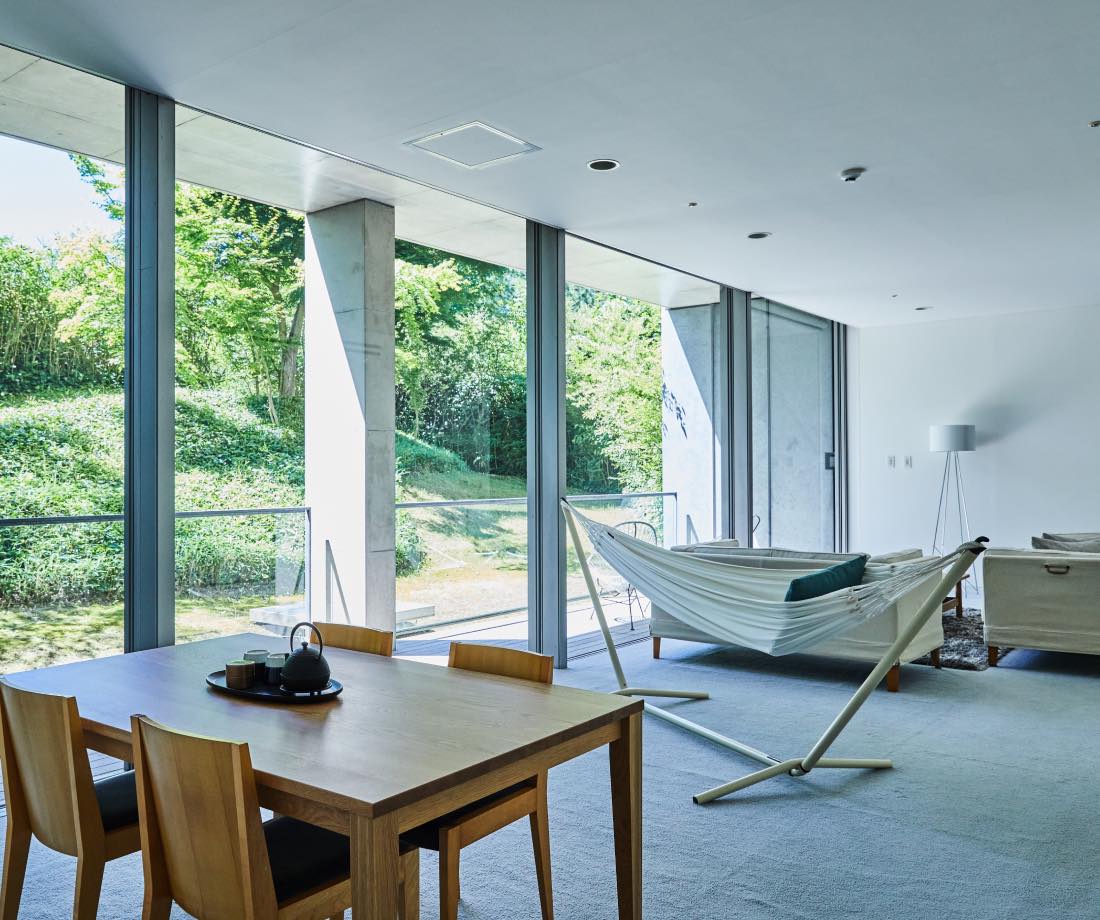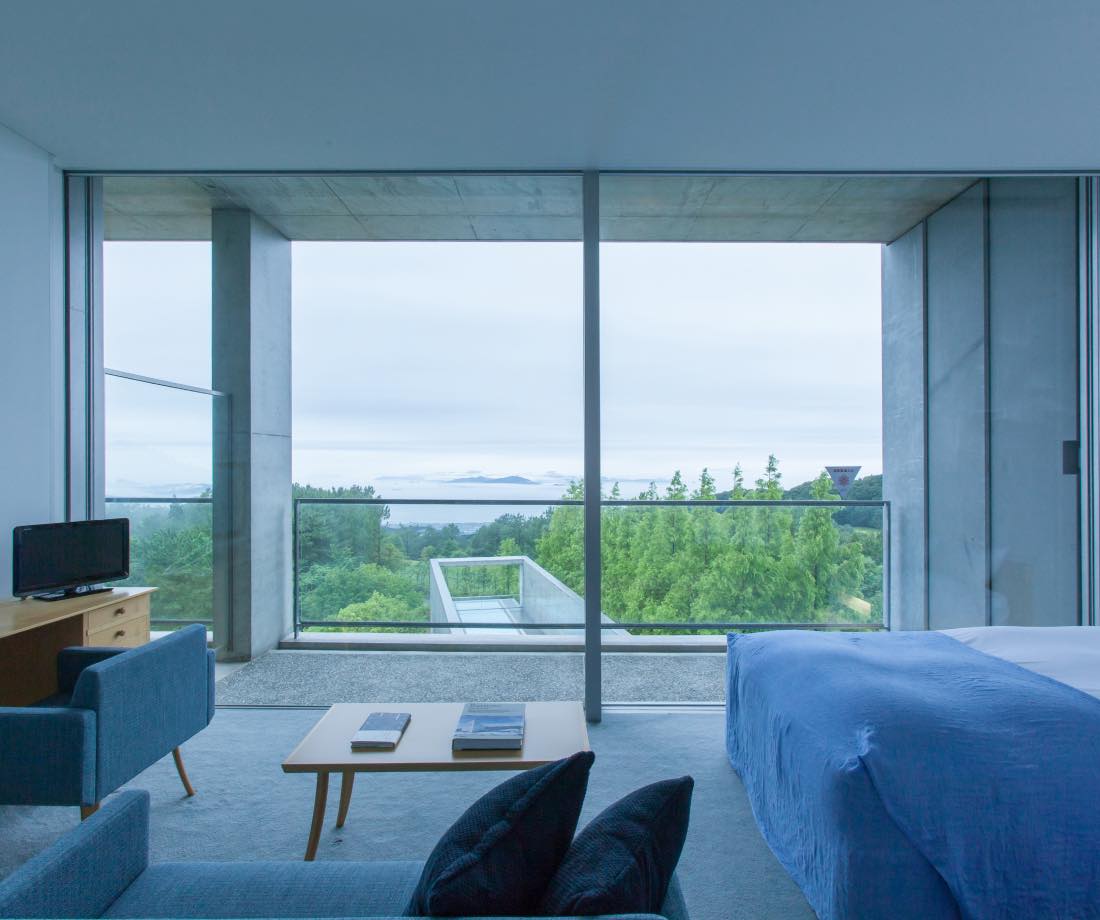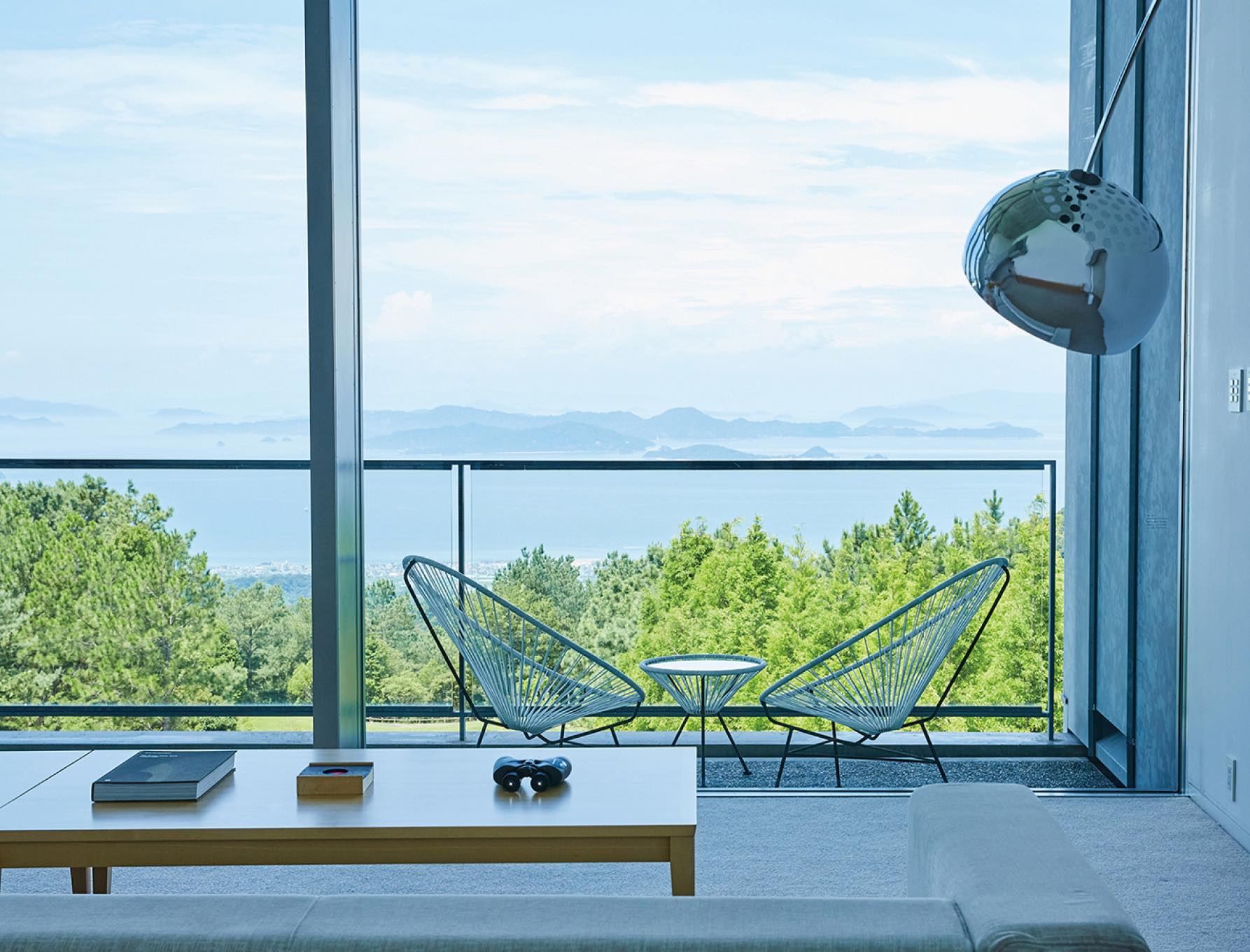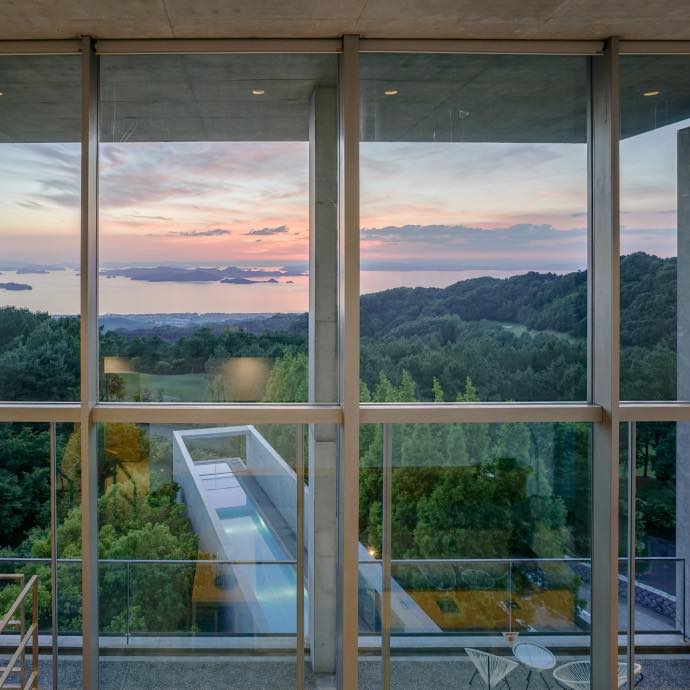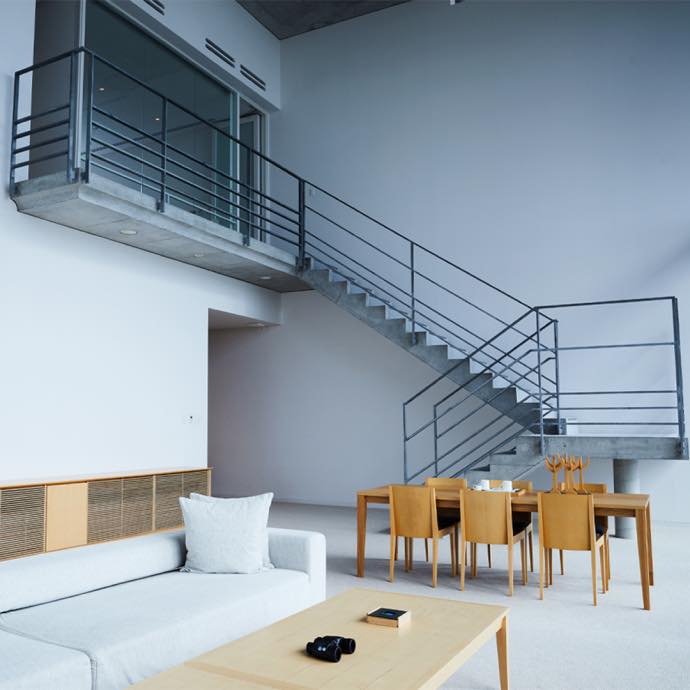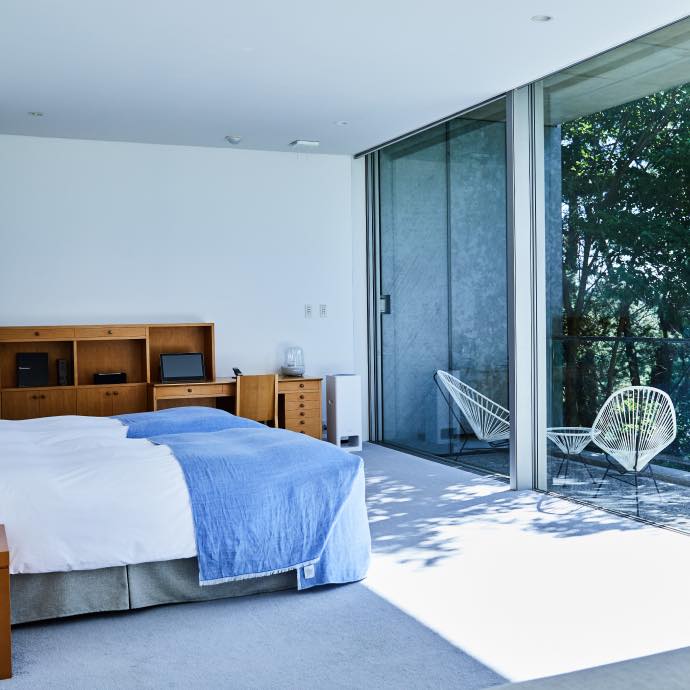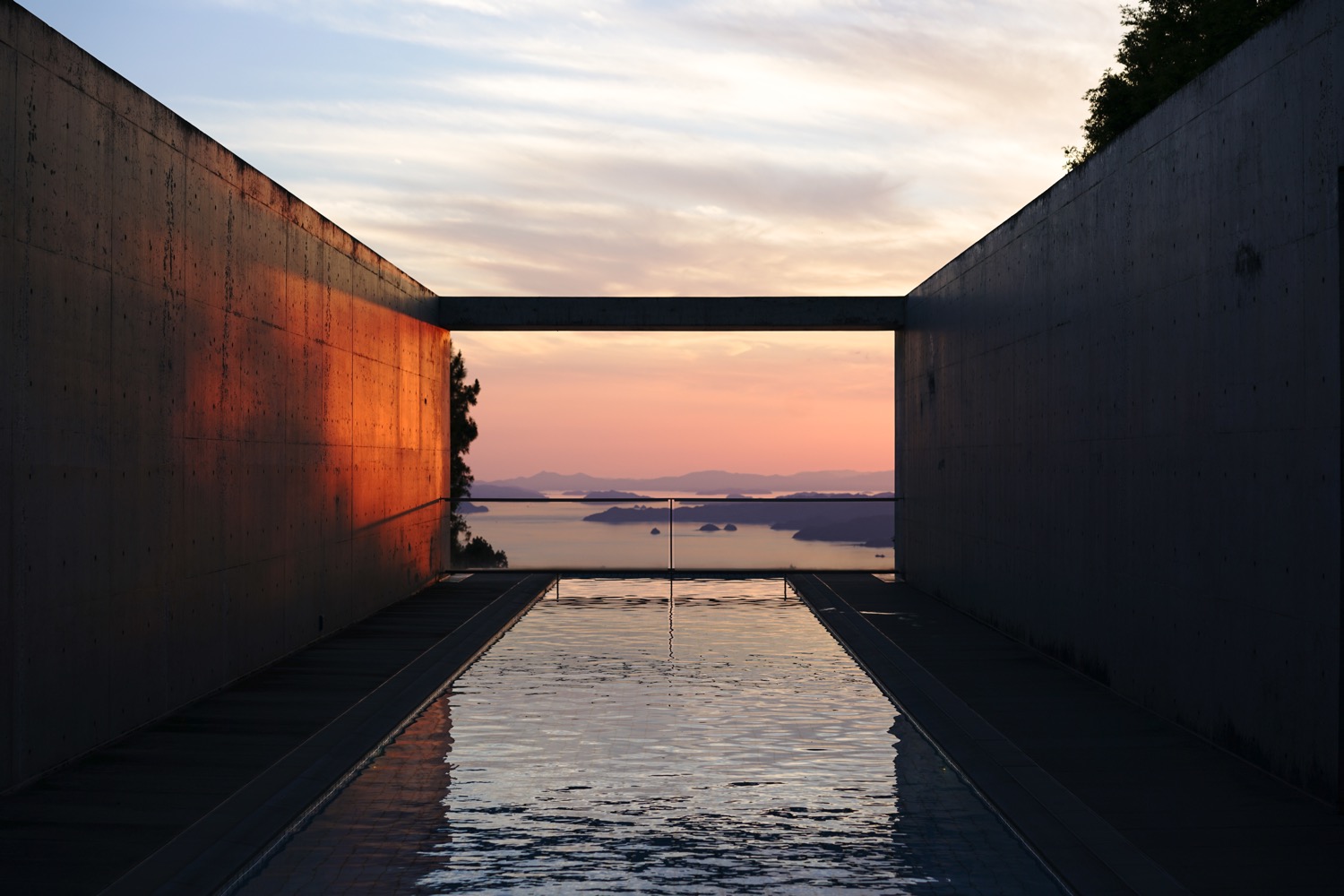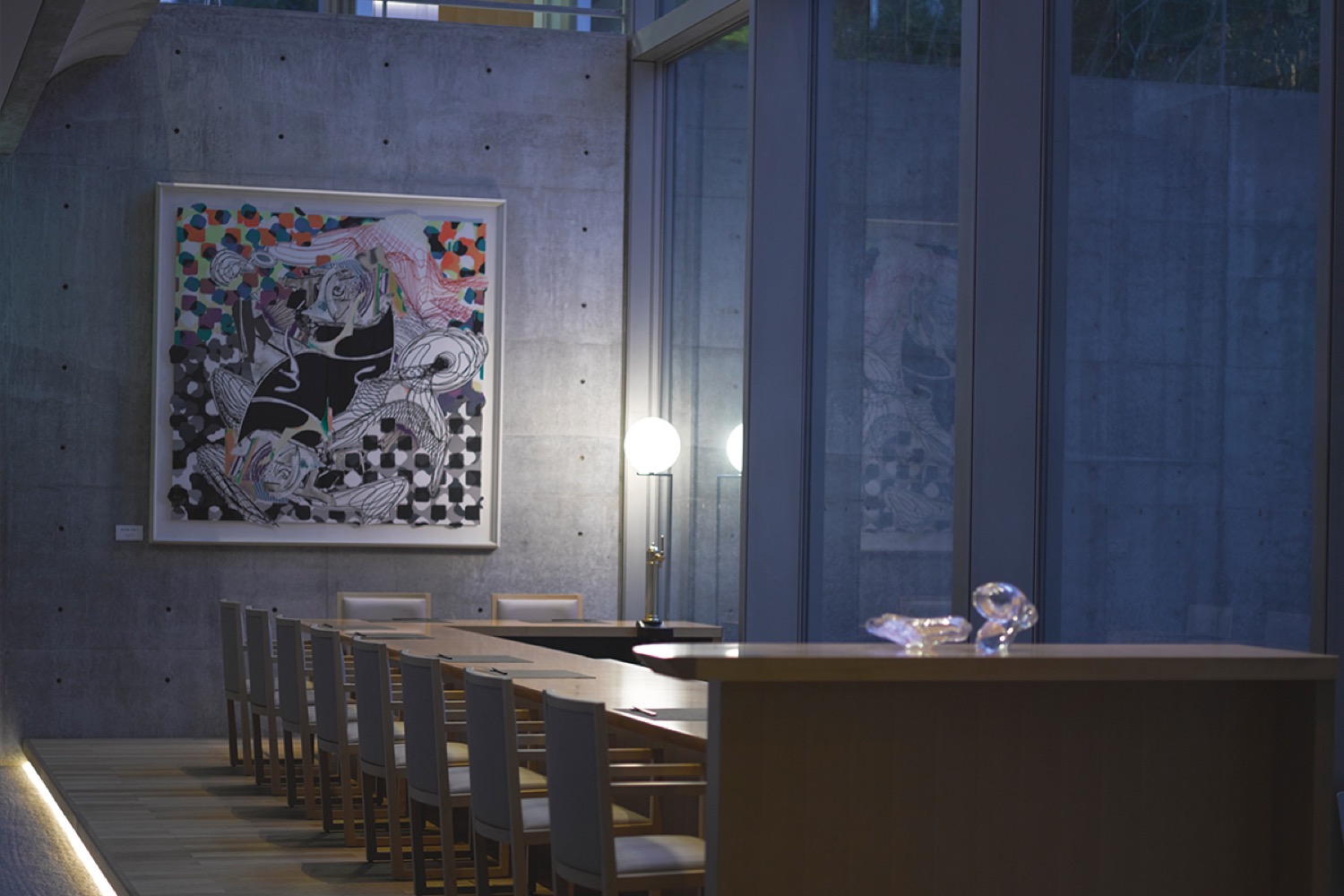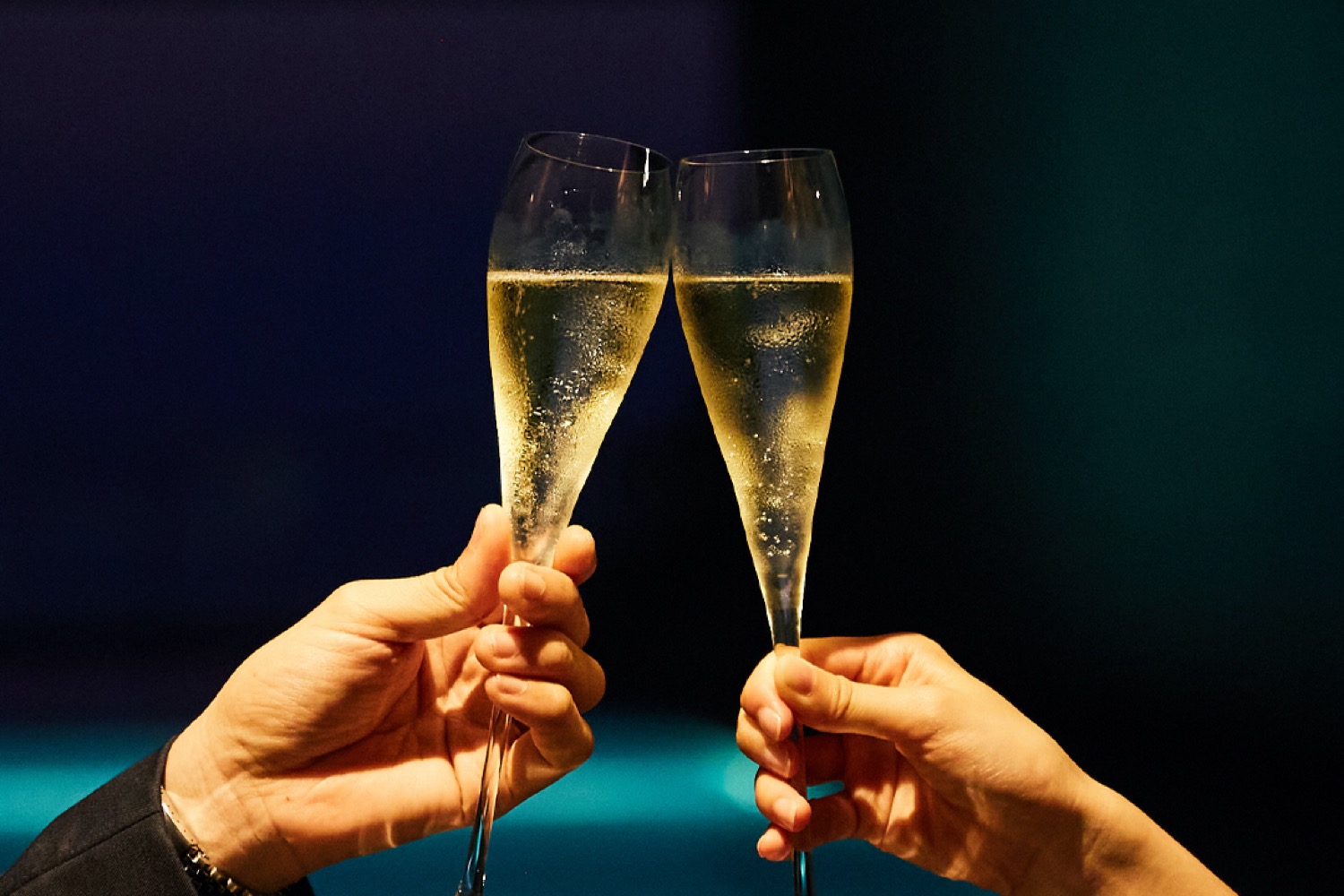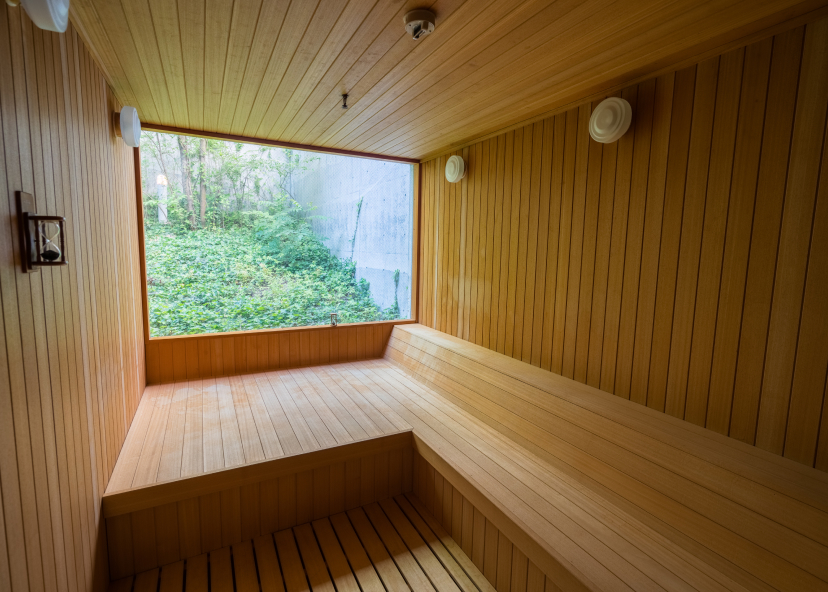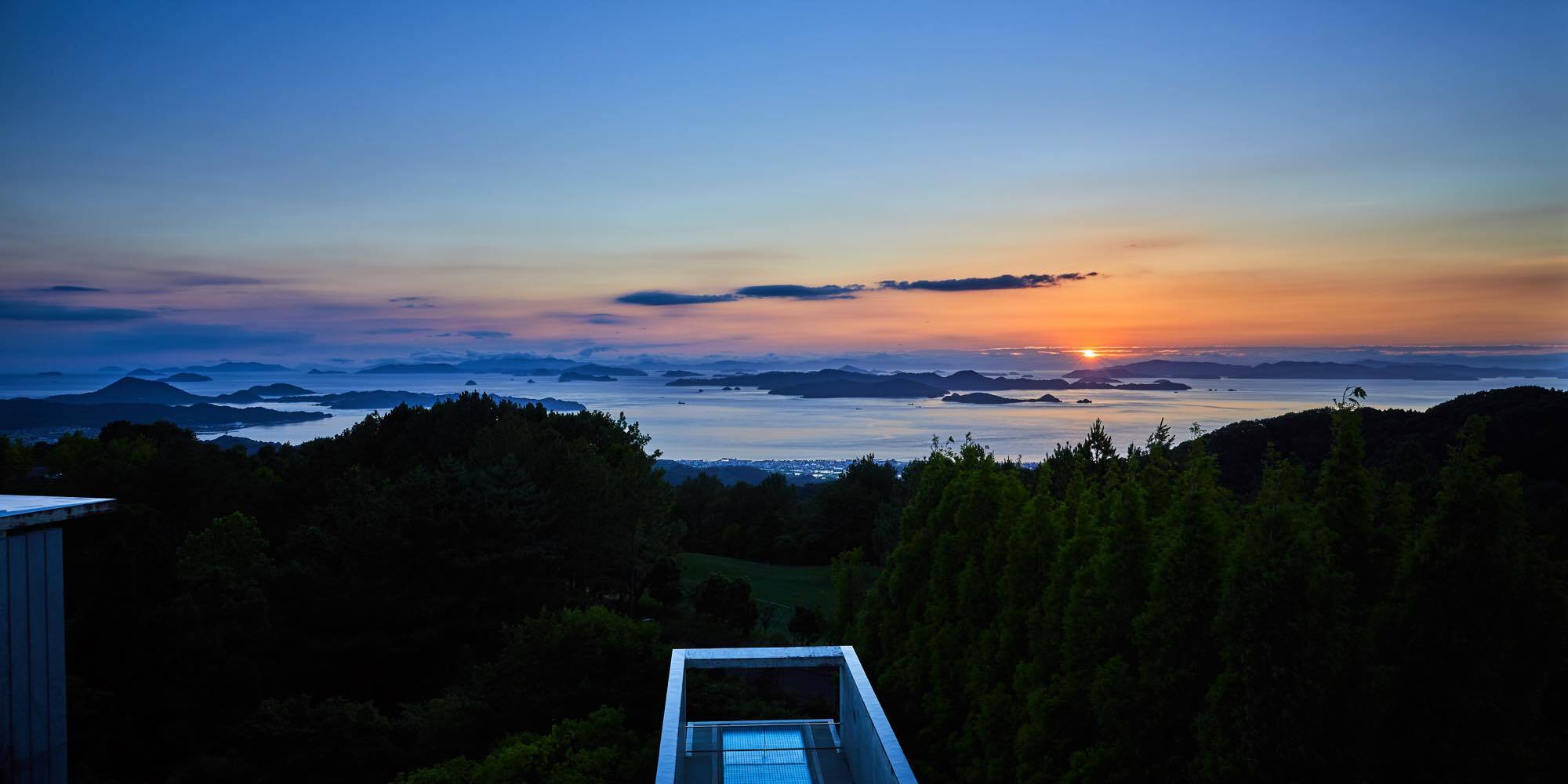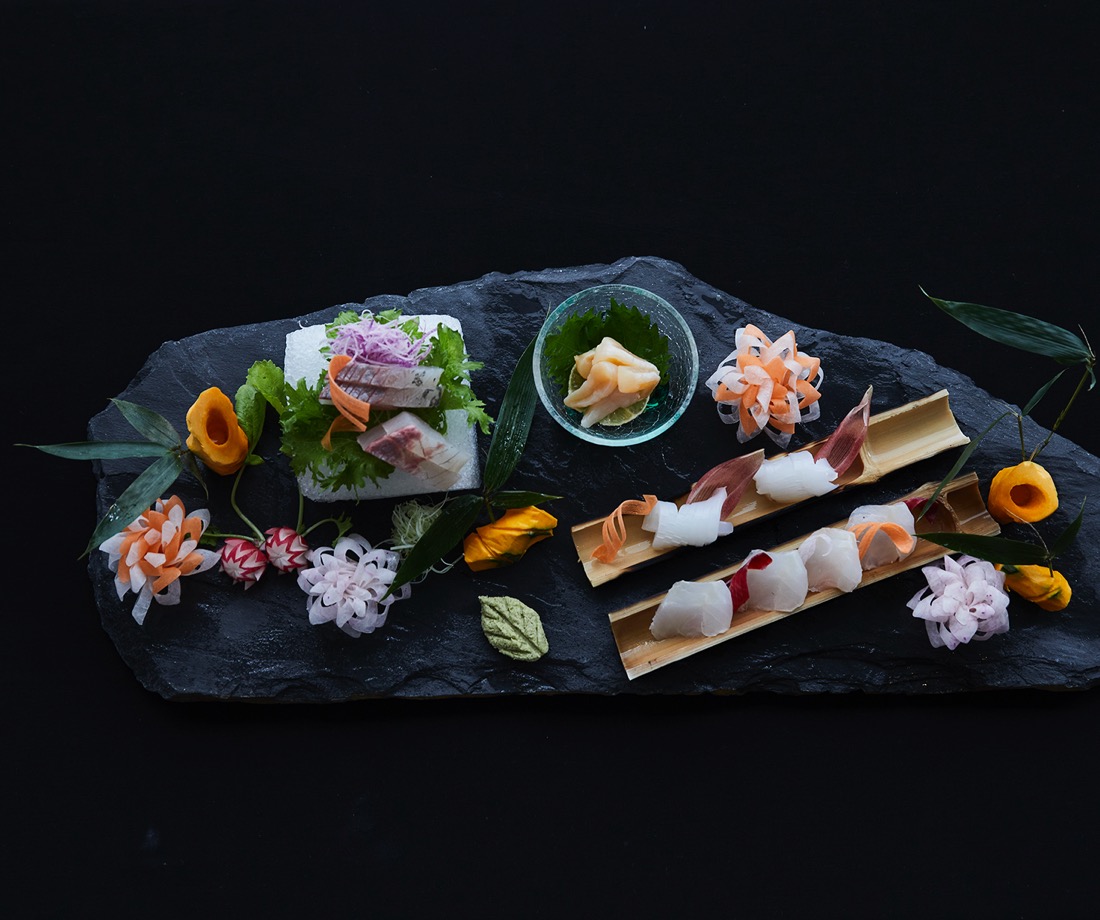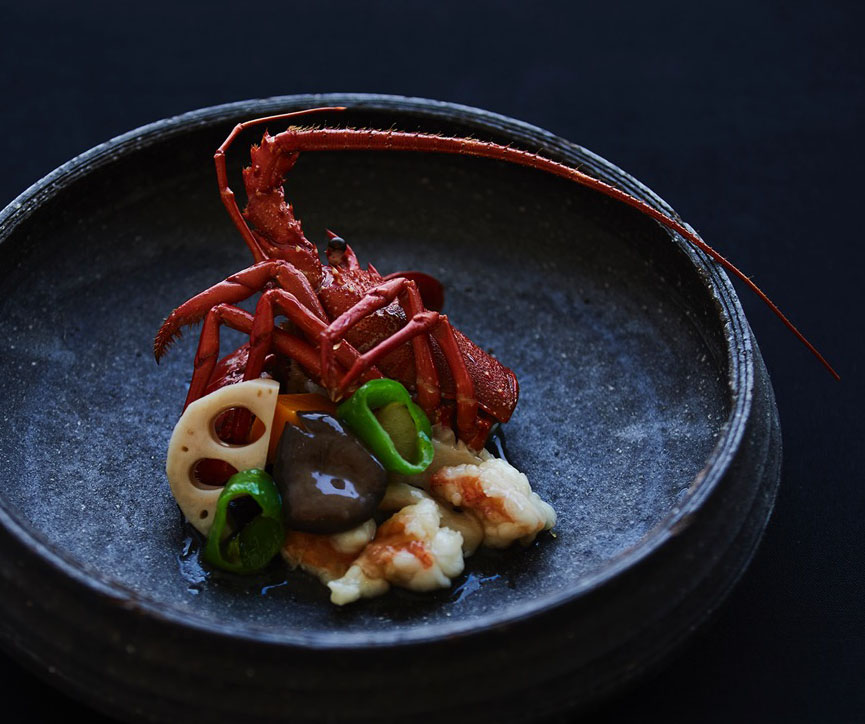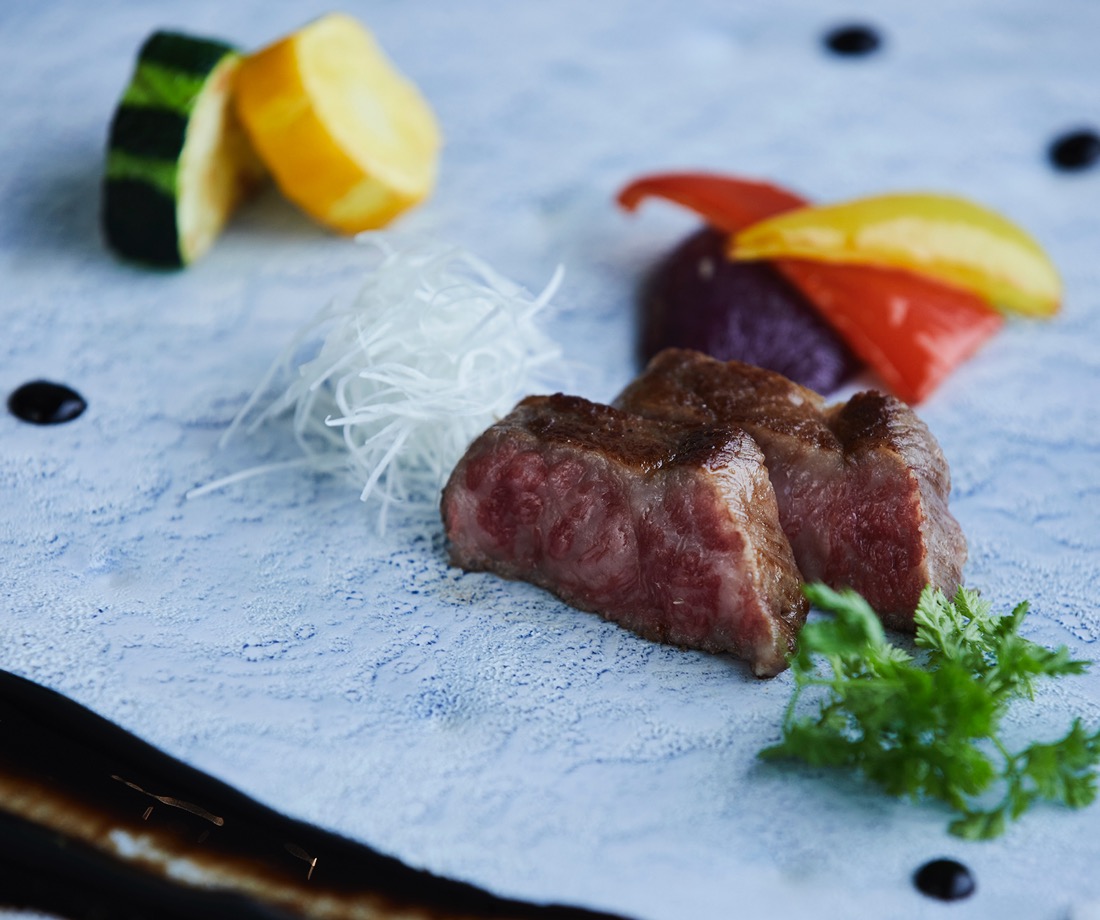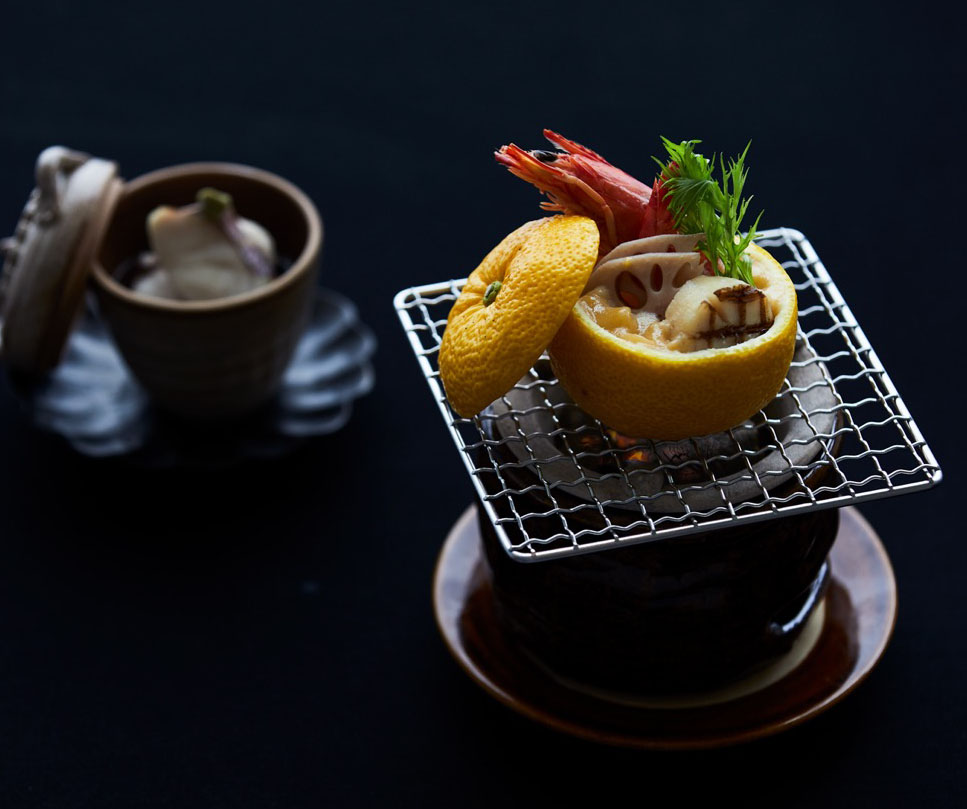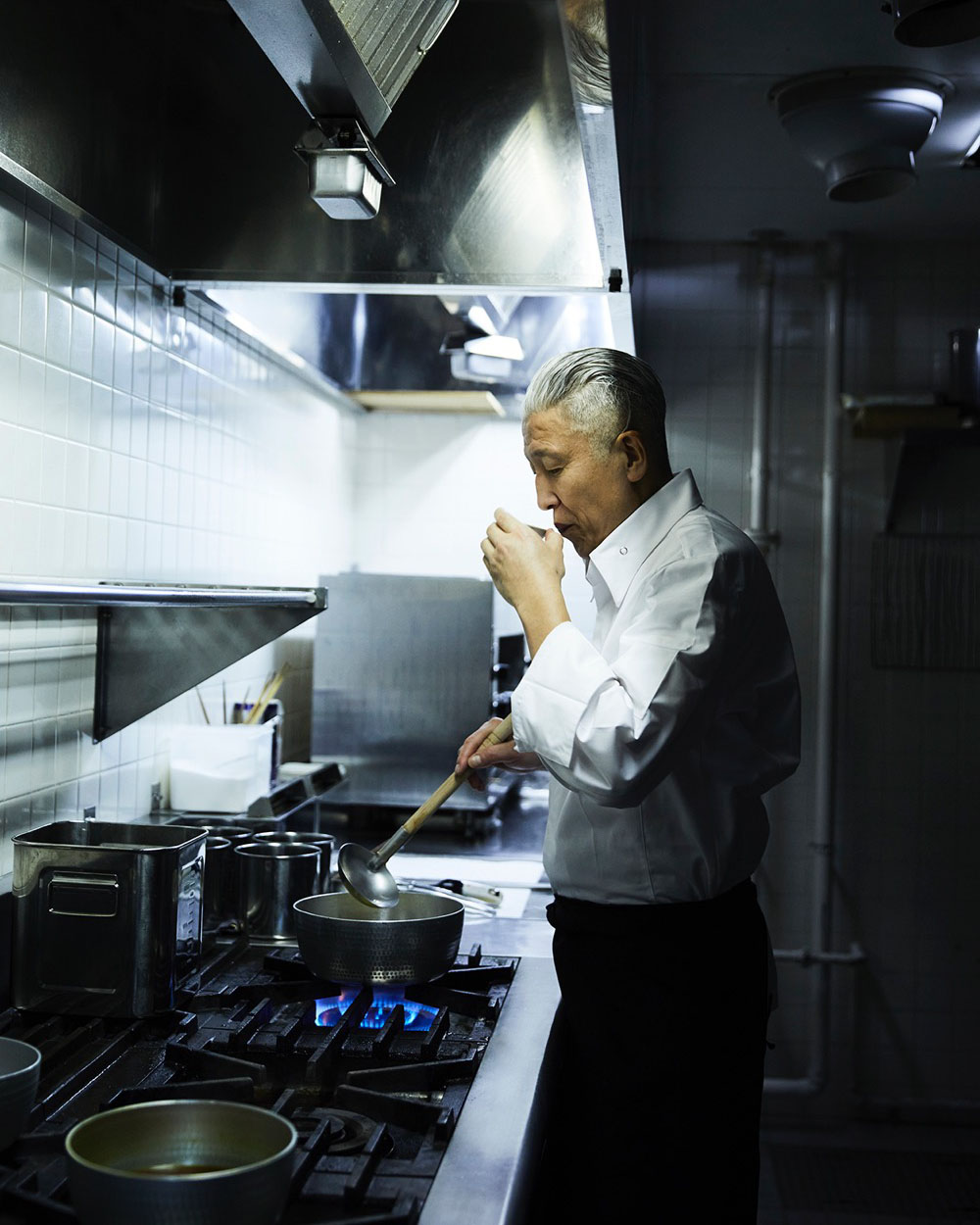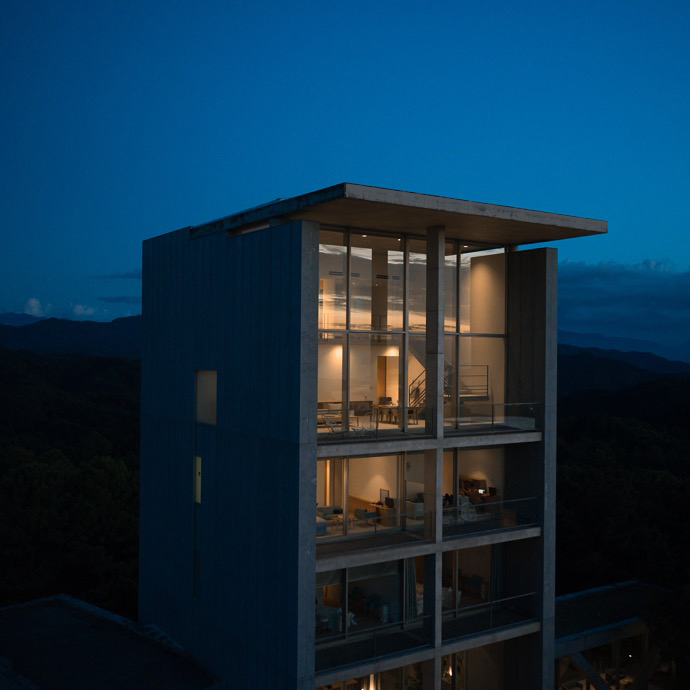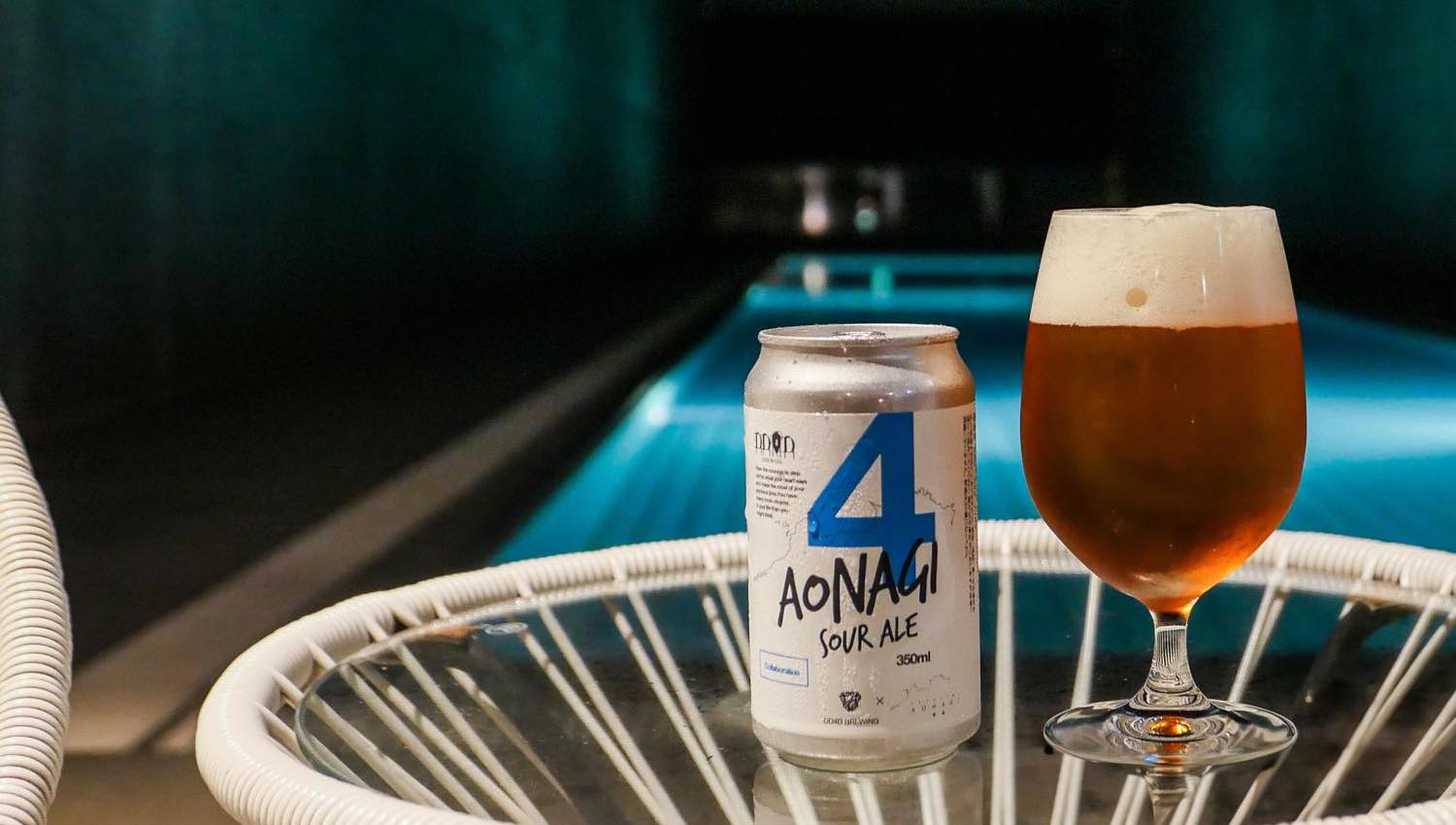SIGHTSEEING
Local Attractions
A tranquil sea and majestic nature. Time flows slowly here. Around SETOUCHI RETREAT, located within Japan’s largest Setouchi National Park, various delights await you. From Dogo Onsen, Japan’s oldest hot spring, to the Shimanami Kaido expressway connecting Hiroshima and Onomichi. Please use our location as your base for sightseeing.
No.01
IMABARI/ SHIMANAMI BRIDGE
Imabari/Shimanami Kaido area
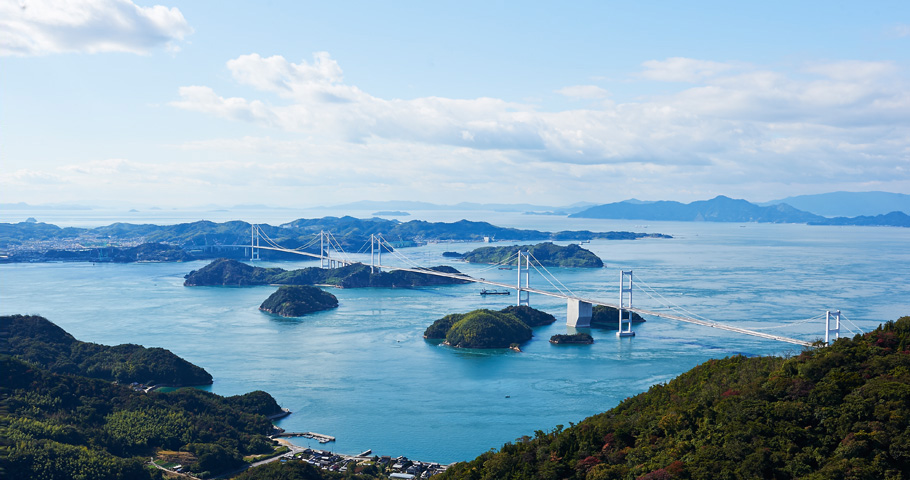
Shimanami Sea Route
◎ Excellent tai-meshi rice served near the world’s first triple suspension bridge
The world’s first triple suspension bridge, the Kurushima Kaikyo Bridge, opened in April 2006. The sea bream caught in the waters off Kurushima Kaikyo at the foot of the bridge is famous, and the tai rice at “Oshio-so” is so fresh and delicious that people stand in line to try it. At the Yoshiumi Iki-Ikiikan Roadside Station, a popular menu is a barbecue where seafood from the fish tank in the fresh fish corner is grilled on a charcoal grill. Itoyama Park and the Kurushima Kaikyo Observation Hall on its grounds offer good views and easy access from the city.
◎Gumiroyama Observation Park boasts the best view of the Shimanami Kaido.
If you want to casually enjoy the island atmosphere, renting a bicycle to go to Oshima may be a good option. From the observatory at the top of the 307.8-meter-high Mt. Kameiro on Oshima, you can enjoy the sunset over the ocean and the illuminated Kurushima Kaikyo Bridge, regardless of the time of day. In addition to the views that can be enjoyed, the complex, designed by architect Kengo Kuma, is also highly acclaimed in the architectural community for its intricate design.
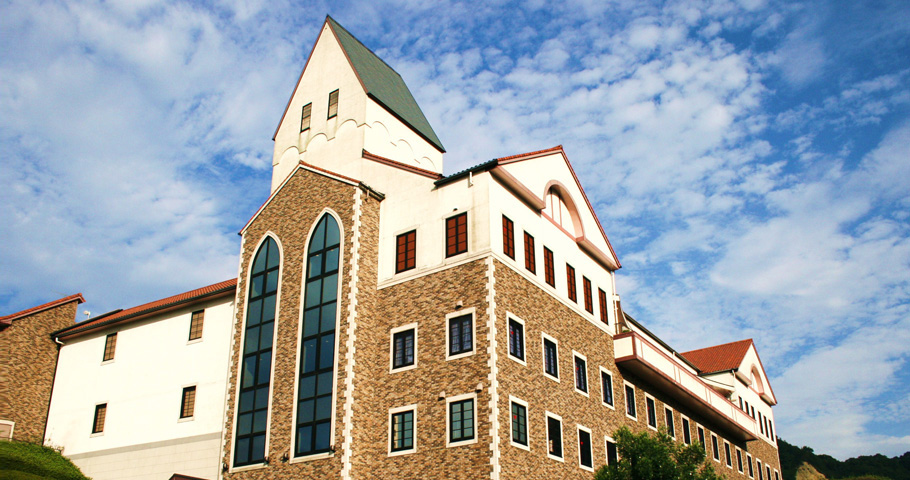
Towel Museum ICHIHIRO
◎ Museum that combines towels and art, a rarity in the world
Imabari City is the largest towel production area in Japan. The Towel Museum, a rarity in the world, is dotted with European-style gardens, a towel museum supervised by a picture book author, and a towel collection store facilities, where visitors can enjoy a cup of tea while being enchanted by the fluffy and cozy towels. Visitors will be spoiled for choice in souvenirs, including original products unique to Japan’s number one towel-producing region and specialties of Shikoku.
◎ Attractive gardens as well as towels
There are things like a “Towel Production Demonstration Corner” where visitors can watch towels being spun into fabric, but that is not the only attraction of the Towel Museum. A leisurely stroll through the European Garden, a 10,000-square-meter area that shows the changing faces of the four seasons, is also a pleasant experience.
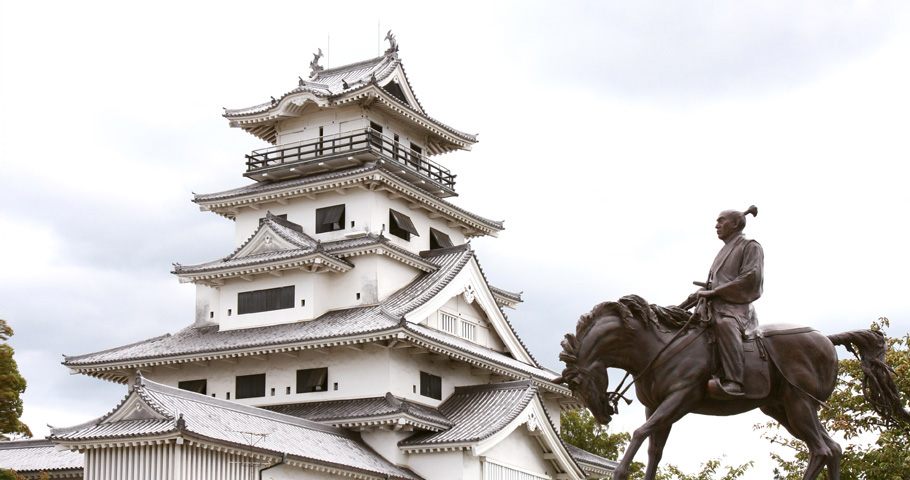
Imabari Castle (Japan)
◎ Impregnable fortress, castle built by master castle builders
It is one of the “Three Great Sea Castles of Japan” and one of the “One Hundred Famous Castles of Japan. The castle is one of the “Three Great Sea Castles of Japan” and “One of the Hundred Best Castles in Japan.” The castle construction techniques of Takatora Todo, a renowned castle builder, can be seen throughout the castle. Currently, the castle is illuminated by lights designed by lighting designer Haruki Kaito, and can be seen every day from 30 minutes after sunset until 11:00 p.m., creating a fantastic and beautiful sight different from that of the daytime.
No.02
CENTRAL TOWN
City Center
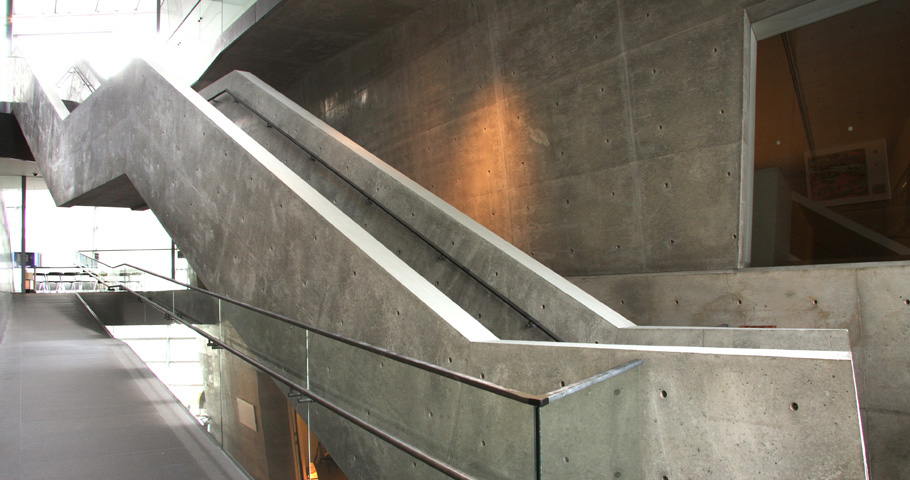
Saka no Ue no Kumo Museum
◎ Follow in the footsteps of three brothers, Masaoka Shiki, Akiyama Yoshiko, and Masayuki.
Ryotaro Shiba’s novel “Clouds over the Hill” depicts a growing Meiji Japan through the lives of three brothers, Shiki Masaoka, Yoshiko Akiyama, and Masayuki Akiyama, all from Matsuyama.
◎ The architecture designed by Tadao Ando is also worth seeing.
The museum, which opened on April 28, 2007 in the greenery at the foot of Matsuyama Castle, was designed by Tadao Ando. Visitors can enjoy Tadao Ando’s architecture and follow in the footsteps of the three artists by walking around the exhibition rooms connected by a triangular-shaped ramp, feeling the passage of time as well as history.
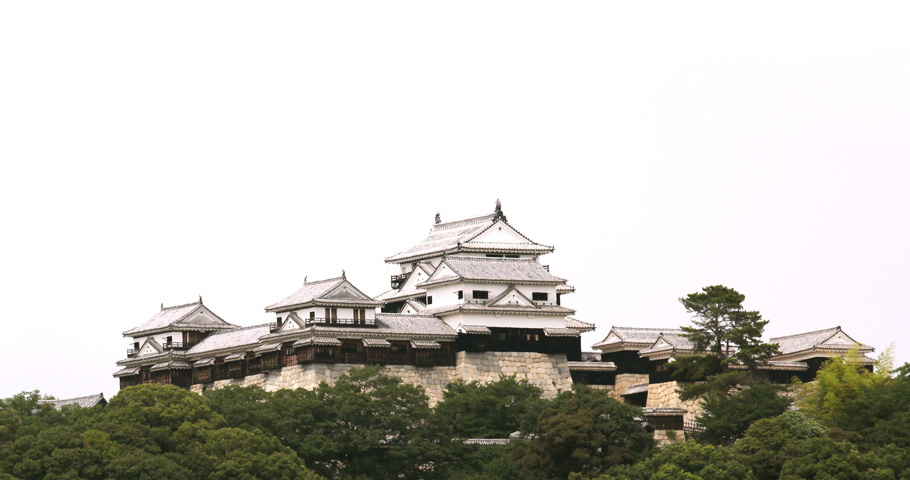
Matsuyama Castle
◎ One of the 12 castles in Japan with an existing castle tower built in the Edo period
It is one of the 12 castles in Japan with an existing castle tower built in the Edo period and is selected as one of the 100 best castles in Japan. Standing on top of a small mountain, the castle tower commands a panoramic view of the city and the Seto Inland Sea. Kato Yoshiaki started the construction of the castle. In the Matsuyama Castle Ninomaru Historic Garden, performances of firelit Noh plays, a favorite of the feudal lord, are held, and the garden is lively in all seasons.
◎ Ropeway or lift to the top of the mountain
Standing on top of a small mountain, the castle tower commands a panoramic view of the city and the Seto Inland Sea. It is a 5-minute walk from the Iyo Railway’s “Daichaido” stop, plus a 3-minute ropeway ride or 6-minute lift ride. The retro Bo-chan Train, a restored steam locomotive from the Meiji era that runs through Matsuyama City, is a fun way to enjoy the sights of Matsuyama City.
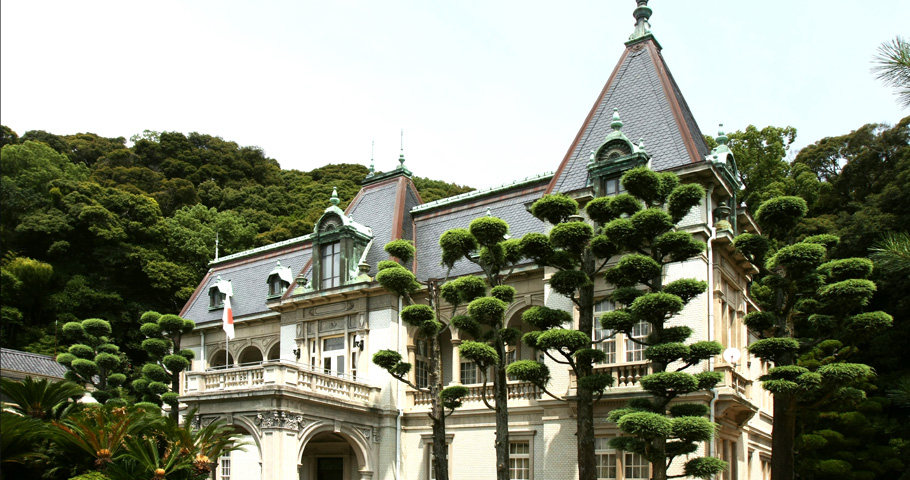
Bansuiso (name of a restaurant)
◎ A purely French-style Western-style building that conveys Taisho Romanticism to the present day and is the pride of Japan.
The residence, Bansuiso, is a French Renaissance-style Western-style house built in 1922 by Count Sadakoto Hisamatsu, a descendant of the lord of Matsuyama, as his villa. It is the oldest reinforced concrete structure in Ehime Prefecture and is a National Important Cultural Property. Visitors can experience the glamorous Taisho Romanticism that still remains today. The construction cost is said to be approximately 300,000 yen. The main building of the prefectural government was constructed in 1929 at a cost of about 1,000,000 yen, and the fact that the much smaller annex cost about 1/3 of that, or 300,000 yen, 7 to 8 years before the main building, shows how huge the cost was.
◎ Renowned as a social gathering place for the royal family as well as prominent figures in the political and business worlds.
The purely French-style building, which was favored by Count Sadamo, who spent much of his life in France as an army officer stationed in France, was the most prestigious social gathering place of its time, and was always a stopover for members of the Imperial Family when they came to the prefecture. It is also said that the completion of the building was hastened to coincide with the visit of Prince Hirohito (later Emperor Showa) to Matsuyama.
No.03
CENTRAL TOWN DOGO AREA
Dogo area in the city
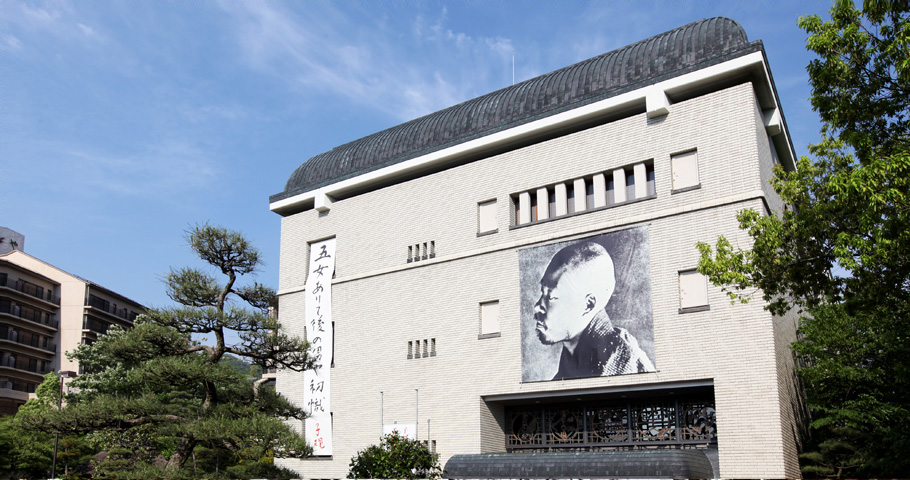
Matsuyama Shiki Memorial Museum
◎ Touch on the life of Shiki, who laid the foundation of modern haiku
Shiki Masaoka, a haiku poet from Matsuyama, was forced to give up on his dream many times due to a serious chronic illness, but each time he found new aspirations and ran through the new era of the Meiji era. He is famous for his poem “Kaki kuheba kane ga naru naru naru Horyuji. The museum introduces Shiki’s life and the history and literature of Matsuyama in an easy-to-understand manner through approximately 60,000 items, including actual materials, replicas, and panels, as well as a video corner.
◎ Thinking back to the Gudabutsu-an where Soseki Natsume and Shiki Masaoka spent time together
The first floor of Gudabutsuan, where Soseki Natsume and Shiki Masaoka spent 52 days together in 1895, has been restored. The name “Gudabutsu-an” is derived from Natsume Soseki’s haiku title “Gudabutsu” (“Gudabutsu” means “Buddha” in Japanese). The novel “Botchan” was based on his experience as a teacher in Matsuyama, where he spent time.
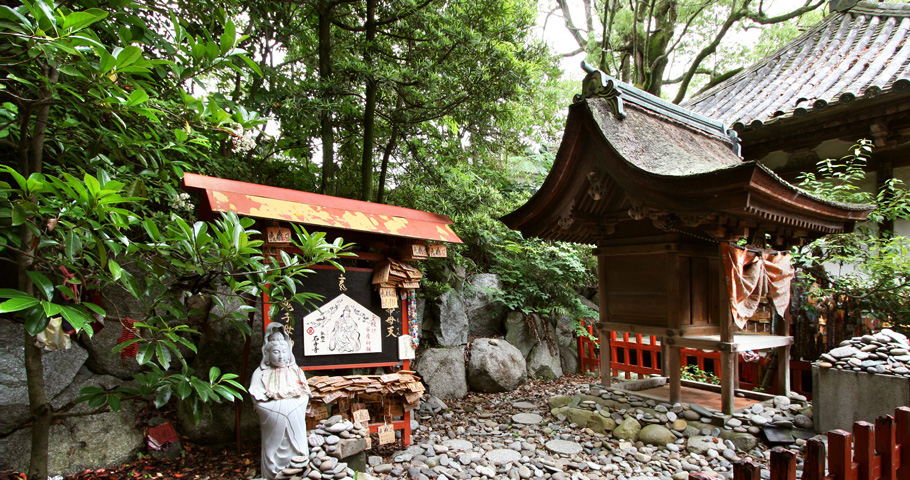
stone temple
◎ One of the 88 temples in Shikoku with many national treasures and important cultural properties
This is the 51st temple of the 88 temples in Shikoku. The approach to the temple is in the form of a corridor, and the precincts are a sacred place for pilgrims and tourists. The temple name “Ishite-ji” comes from the legend that the founder of the pilgrimage, Emonsaburo, received a stone from Kobo Daishi before he drew his last breath, and that a child born to a powerful family in the area later clasped the stone in his right hand. The temple name “Ishide-ji” is derived from this legend.
◎ Temple of cultural assets, one of the best in Shikoku Sacred Sites
The Kongorikishi statue at the gate was created by the Unkei school, and the main statue of Yakushi Nyorai was created by Gyoki. The temple is a temple of cultural assets, the best of its kind in Shikoku Sacred Sites, with most of the buildings and pagodas on the temple grounds designated as national treasures or national important cultural properties, and a treasure house where temple treasures are always on display. The National Treasure is the Nioimon Gate, 7 m high, with a 3-ken frontage and 4 m width, built in 1318, with a two-story gabled roof. Important cultural properties include the main hall, three-story pagoda, bell tower, five-ring pagoda, Kari-teimotendo, and gomado, as well as the oldest bronze bell in Ehime Prefecture, inscribed in the 3rd year of Kencho (1251).
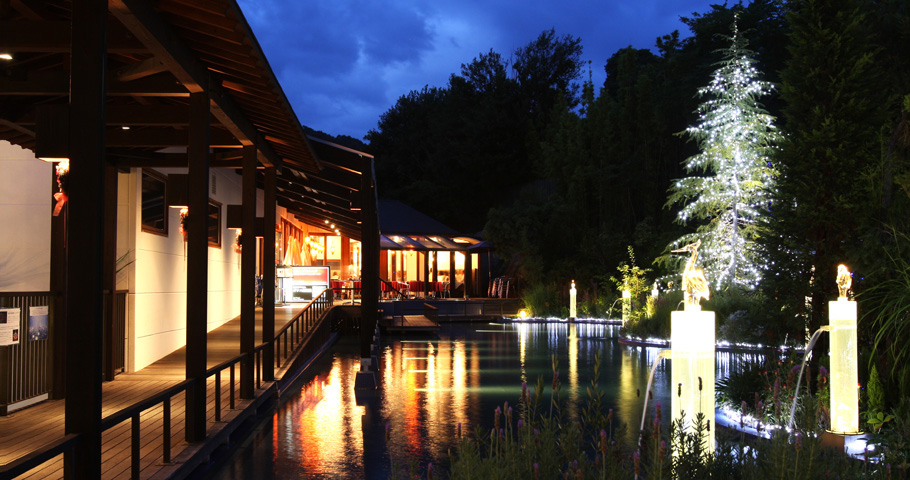
Dogo Giyaman Glass Art Museum
◎ A variety of valuable glass artifacts made from the Edo period to the Taisho period
The museum exhibits about 300 items, including the red plate glass of the Furisagikaku, the symbol of Dogo Onsen Honkan, rare Edo period giyamans, biidoro, and valuable glass artifacts made during the Meiji and Taisho periods. Visitors can enjoy the delicate and elegant glass crafts introduced from the West and refined by traditional Japanese techniques. The museum exhibits about 300 items, including rare Giyaman Biidoro from the Edo period and valuable glass crafts made between the Meiji and Taisho periods.
◎ Night lights and attached café dining are recommended.
The garden is decorated with glass and water objects such as a white heron and a waterfall made of wine bottles, and at night the lights lead Dogo further into a dream world. The view from the adjoining café dining room can be enjoyed day or night.
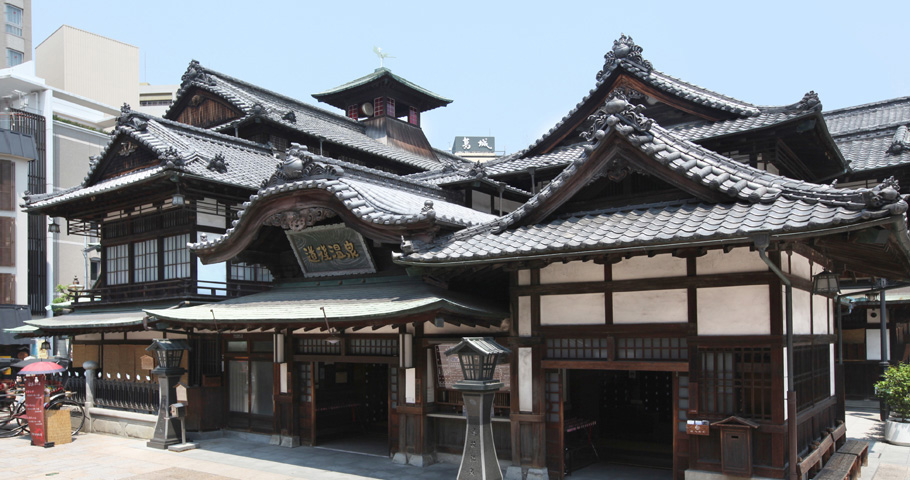
Dogo Onsen Honkan
◎Honkan, the first hot spring facility in Japan to be designated as a National Important Cultural Property
The main building, the oldest wooden three-story building in Japan, was built in 1894, and in 1994 became the first hot spring facility in Japan to be designated a National Important Cultural Property. The bathhouse has been used by many members of the Imperial family, from Prince Shotoku to the Showa Emperor and Soseki Natsume, and is a source of romance. The drum beating at the “Zhenwashikaku” drum tower echoes three times a day and has been selected as one of the 100 best soundscapes in Japan to be preserved. The Dogo Onsen Honkan is a colorless, clear, alkaline simple hot spring that blends easily into the skin and is effective for beautifying the skin, and is ranked No. 1 among women traveling alone. The symbol of Dogo Onsen, “Bo-chan Karakuri Clock,” features a clock that rises every hour, allowing visitors to enjoy the characters from Soseki Natsume’s novel “Bo-chan.
◎ The sound of the ticking drum that announces the first bath in the morning and the lighting up of the Furisagikaku at night are the highlights of the festival.
The baths are open all year round from 6:00 a.m. to the sound of taiko drums, which is also a specialty of the baths, attracting not only local visitors but also tourists who enjoy the morning baths. The first bath begins with the sound of “tsuki-daiko,” or “hour drums,” which ring out from the main building’s furisagi-kaku (a small wooden drum). The powerful sound of the drum echoes from the main building at noon and in the evening, as well as in the morning. At night, the red giyaman-covered Furisagikaku on the roof of the Dogo Hot Springs Main Building is lit up, attracting the eye. After taking a bath, we recommend strolling along “Haikara-dori” (high-collar street), where you can relax in the hot spring atmosphere, or trying “Botchan dango,” the signature product of the long-established “Tsuboya Confectionary Shop,” which was the model for the dango shop that appears in the novel “Botchan. It is also one of the locations that served as the model for the bathhouse in “Spirited Away,” one of the most well-known Ghibli films.
No.05
SAIJO / NIIHAMA
Saijo and Niihama area
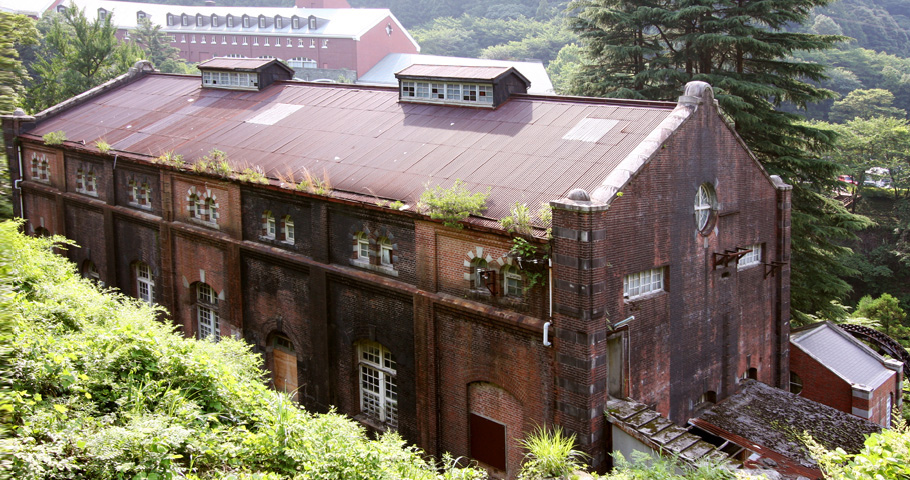
Myntopia Besshi “Edge Contestant Zone
◎ Theme park utilizing the industrial remains of the Besshi Copper Mine
This theme park utilizes the industrial remains of the Besshi Copper Mine, which boasted a long and prosperous history as one of the three largest copper mines in Japan. In addition to the 333-meter-long sightseeing tunnels, visitors can enjoy a full day of fun, including gold mining, a fun mine tour to experience the history of the Besshi Copper Mine, a sightseeing train that travels at 10 km/h through tunnels and iron bridges as they were in those days, and hot springs to refresh visitors after a hard day’s play.
◎ “Dongping Zone,” the innermost part of the city, known as Machu Picchu in the East
The industrial heritage of the Besshi Copper Mine still exists deep in the mountains of Niihama. At its peak, the town was a very bustling place with many people living here, but with the closure of the Besshi Copper Mine, only the ruins of the town remain. Although not easily accessible, the “Tohei Zone” of Myntopia Besshi has been attracting many tourists in recent years because of its image of stone walls and brick buildings and its high location, which has earned it the nickname “Machu Picchu of the Orient. On a clear day, the view of Niihama city and the distant Seto Inland Sea can be seen from this spot at an altitude of around 750 m. The “Machu Picchu Zone” has been called the “Machu Picchu of the Orient” by many tourists in recent years.
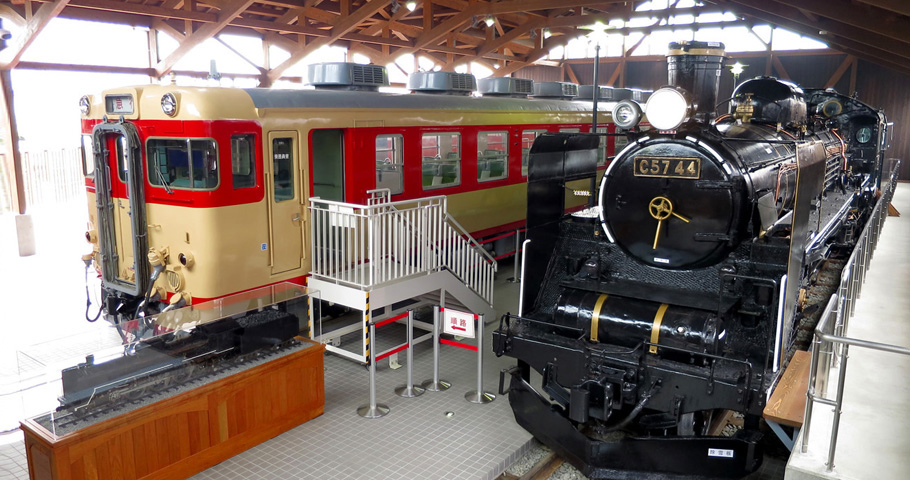
Railroad History Park in SAIJO
◎ Shikoku Railway Cultural Museum also exhibits Series 0 Shinkansen and steam locomotives
Shikoku’s first full-scale railroad museum was established in the area associated with Shinji Sogo, the “father of the Shinkansen. A total of six cars are on display, including the first Series 0 Shinkansen train, a DF50 diesel locomotive, a C57 steam locomotive, a Kiha65 diesel locomotive for express trains, a DE10 diesel locomotive, and a free gauge train (2nd stage test car). In addition, there is a railroad diorama where visitors can experience train operation, and actual railroad signs and signals are on display for the enjoyment of both children and adults.
◎ Shinji Sogo Memorial Museum of Shinji Sogo, who as president of Japan National Railways made the dream of the super express, Tokaido Shinkansen, a reality.
Shinji Sogo, the fourth president of Japan National Railways (JNR), is known as the “creator of the Shinkansen” for bringing the dream of the super-express Tokaido Shinkansen to reality, and was also the mayor of the former Saijo City. The museum exhibits postcards in his own handwriting, ink calligraphy, and personal belongings that he used throughout his life, allowing visitors to learn about his achievements and personality. Pamphlets, badges, and other items that can only be purchased here are also available for sale, making it a great place to buy souvenirs and memories of your trip. If you visit the museum in conjunction with the adjacent Shikoku Railway Museum, you can learn even more about railroads.
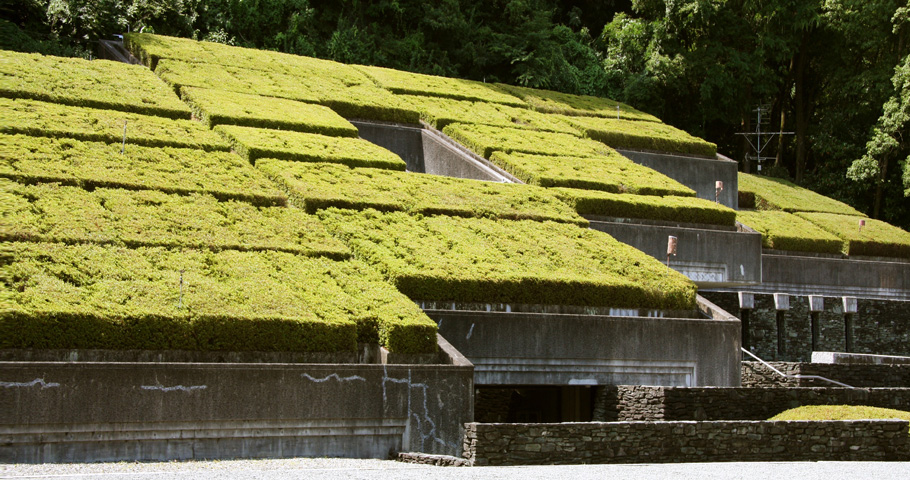
Besshi Copper Mine Memorial Hall
◎ Monument of Sumitomo’s development built in the local area
The Besshi Copper Mine was jointly established by the Sumitomo Group in the hope of passing down the achievements of the Besshi Copper Mine, one of the three largest copper mines in Japan, to future generations. The museum was designed as a semi-underground structure utilizing the slope of the mountain. The museum consists of sections that introduce the history of the Sumitomo Group and the Besshi Copper Mine, as well as the technologies and the lives of the workers, and visitors can learn about the conditions of the mine at that time. The “Besshi No. 1 Locomotive,” which ran on the earliest mining railroad in Japan, is on display. The museum also has a nearby facility called “Myntopia Besshi” that can be visited as well for a better understanding of the history of the area.
◎ “Joyful sunlight” shines through the skylight only at noon on May 9.
On the roof of the memorial hall, 10,000 satsuki (Japanese azalea) trees are planted in honor of the month of May, when the Besshi Copper Mine was opened to the public, providing a different view around May. If you visit on May 9, you should not miss it.
No.06
UHCIKO / OTSU
Uchiko and Ozu area
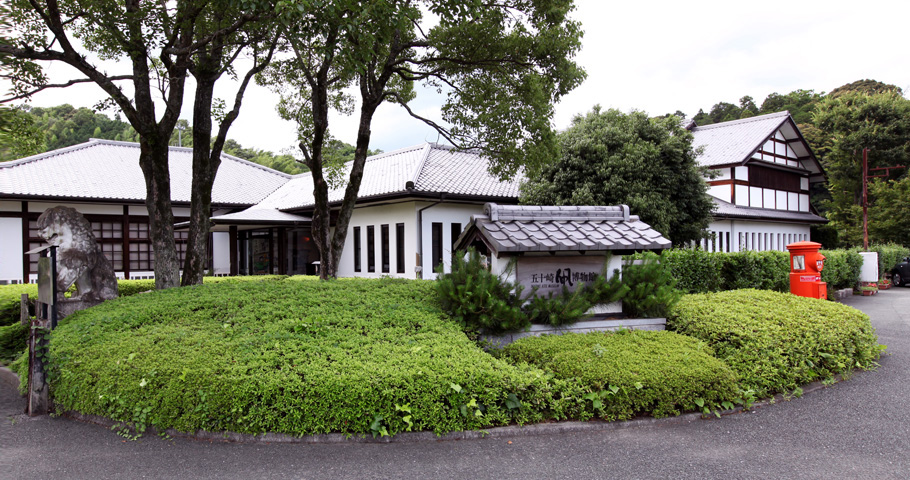
Ikazaki Kite Museum
◎ Kites from all over the world gather in the town of kites, which has a history of about 400 years.
The Gojyuzaki kite battle has a history of about 400 years and is designated as an Ehime Prefecture Intangible Folk Cultural Asset. The Kite Museum has a wide range of kite-related materials collected from all over Japan as well as from around the world. Traditional kites from various regions and kites of children on their first festive day are among the rare exhibits. It is a rare museum where visitors can learn about the history and fascination of kites.
◎ Kite making experience is also available with reservation.
Visitors can see up close the “kenka kites” used in the annual Ikazaki Great Kite Battle held on May 5, and the “kagari,” a unique blade attached to the kite string, and the grandeur of the kites is breathtaking! Visitors can also try their hand at kite making with reservations, and buy kite-related goods and Uchiko Town souvenirs at the store.
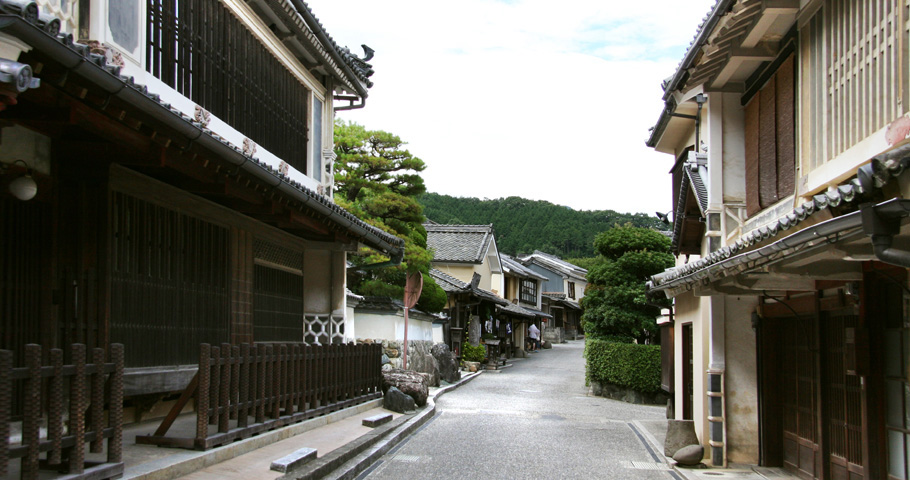
Uchiko’s Yokaicho Gokoku District
◎ Uchikoza, a place that conveys the entertainment of the Taisho Era
Uchiko Town prospered from the production of Japanese paper and candles from the Edo to Meiji periods. In this peaceful town, where old mansions and emotions still remain, the Uchiko-za Theater was built in 1916 by a merchant family’s proprietor. Since the Taisho era (1912-1926), the Kabuki theater has long been the center of entertainment for the people of Uchiko. On days when there are no events, you can take a tour of the interior and backstage, so you can either stand on the stage or in the hanamichi (flower aisle) and feel the mood of the actors, or sit in the seats called masuseki and think about how lively the theater was in those days.
◎ Traditional streetscape in the Yokaicho Gokoku district
The Omori Wax Candle Shop, which has a history of over 200 years, has a wood wax museum, the Kamihoga Residence, where visitors can freely observe the technique of making candles by repeatedly applying wood wax to the wick, and the streets lined with souvenir stores are called the Yokaicho Gokoku District, which has been selected as an important traditional building preservation district. The 600-meter-long street is a picturesque area of merchant houses and private residences built from the Edo to Taisho periods. Small articles made of Japanese paper using the traditional “nagashizuki” technique are also available as souvenirs.
